Woodpeckers are one of the most fascinating avians you can find in your backyard – and did you know that there are 22 species in the United States?
There’s a good chance that if you have more than one woodpecker visiting you, you may actually be playing host to a few different species!
Although the list below contains all the usual woodpeckers found in the United States, it’s possible to find a vagrant species of woodpecker that’s not native to this particular state. If you do see a vagrant species, it should be considered an extremely rare sighting!

The following legend can be used for each woodpecker species map to determine what time of year you can see each woodpecker in your area.
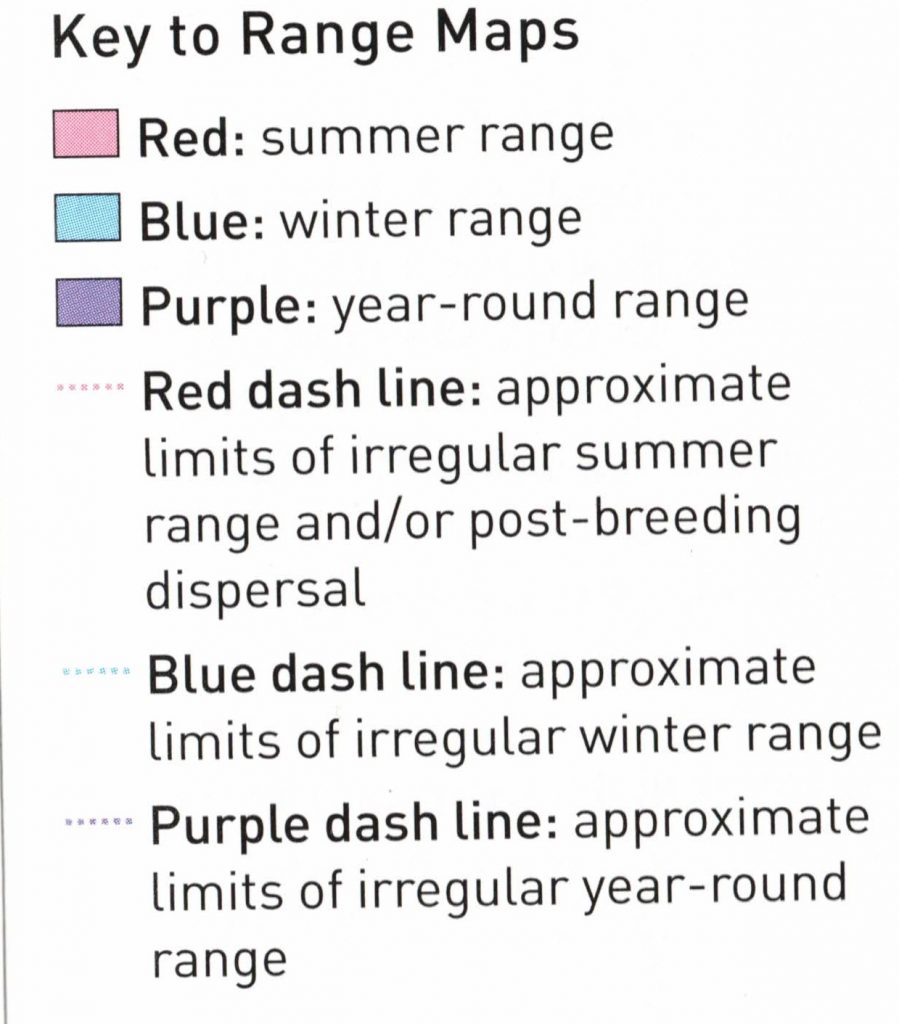
The 22 Woodpeckers in the United States
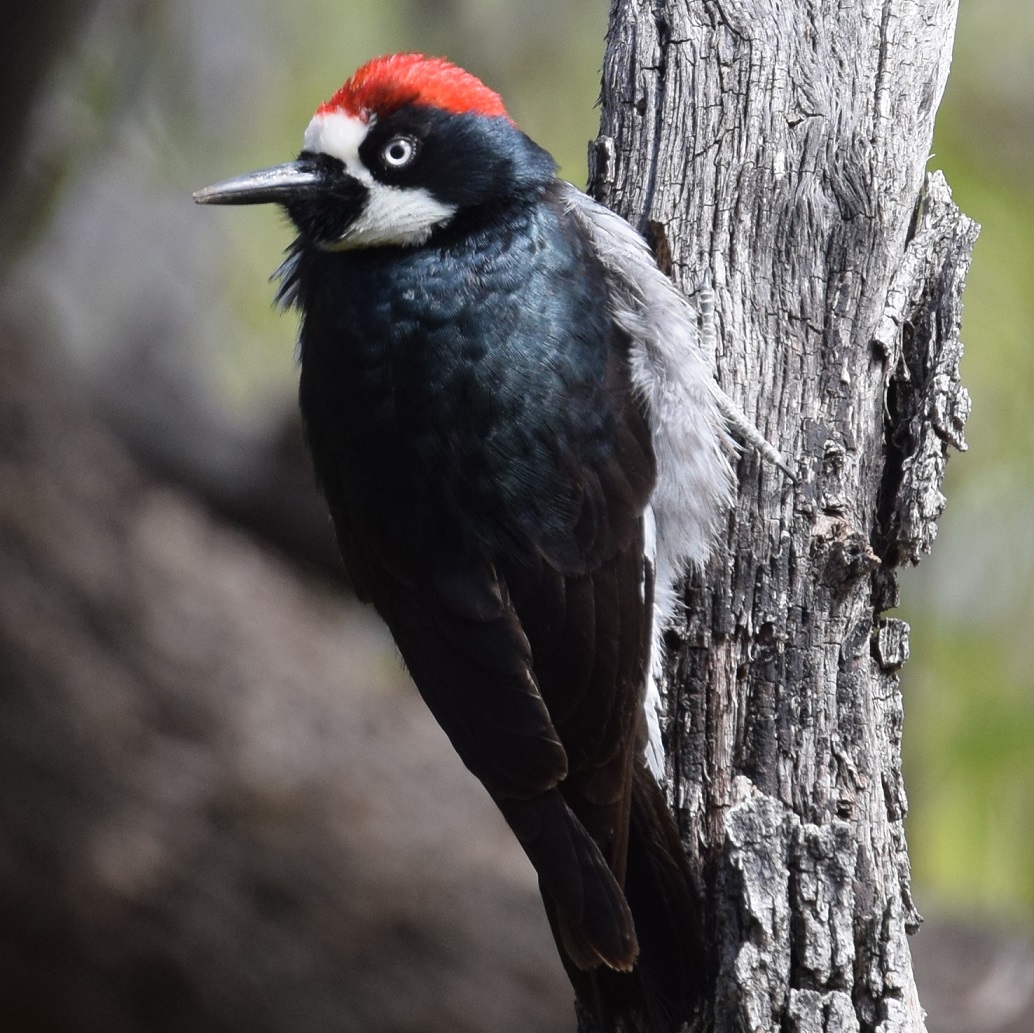
Acorn Woodpecker
Melanerpes formicivorus
Order: Piciformes
Family: Picidae
Size: 7.5 – 9.1 in (19 – 23 cm)
Overview
The super-noisy acorn woodpecker is a born drummer, often rapping its talons against tree branches! They are so-named thanks to their propensity to hoard and store acorns for their young ones. They’ll spend much of their lives hunting and protecting nuts for their brood to eat. Acorn woodpeckers have fascinating social lives, often choosing to mate with multiple of the same species during a lifetime. The acorn woodpecker is one of few Picidae notable for avoiding monogamy. They also strive to guard their nests at all costs, too.
How to Identify
Other than noise, you’ll spot an acorn woodpecker thanks to its black-and-white coloring. The males have a mess of red feathers on their crown, while females have more black coloring on the forehead.
Acorn Woodpecker Range & Migration Map
You’ll normally find that acorn woodpeckers reside towards the southwest, with birds living in forestry deep into California, Washington State, and even in Texas and Arizona. If you’re lucky, you may even spot a few out in Colorado, across the Rockies, and into Nevada.
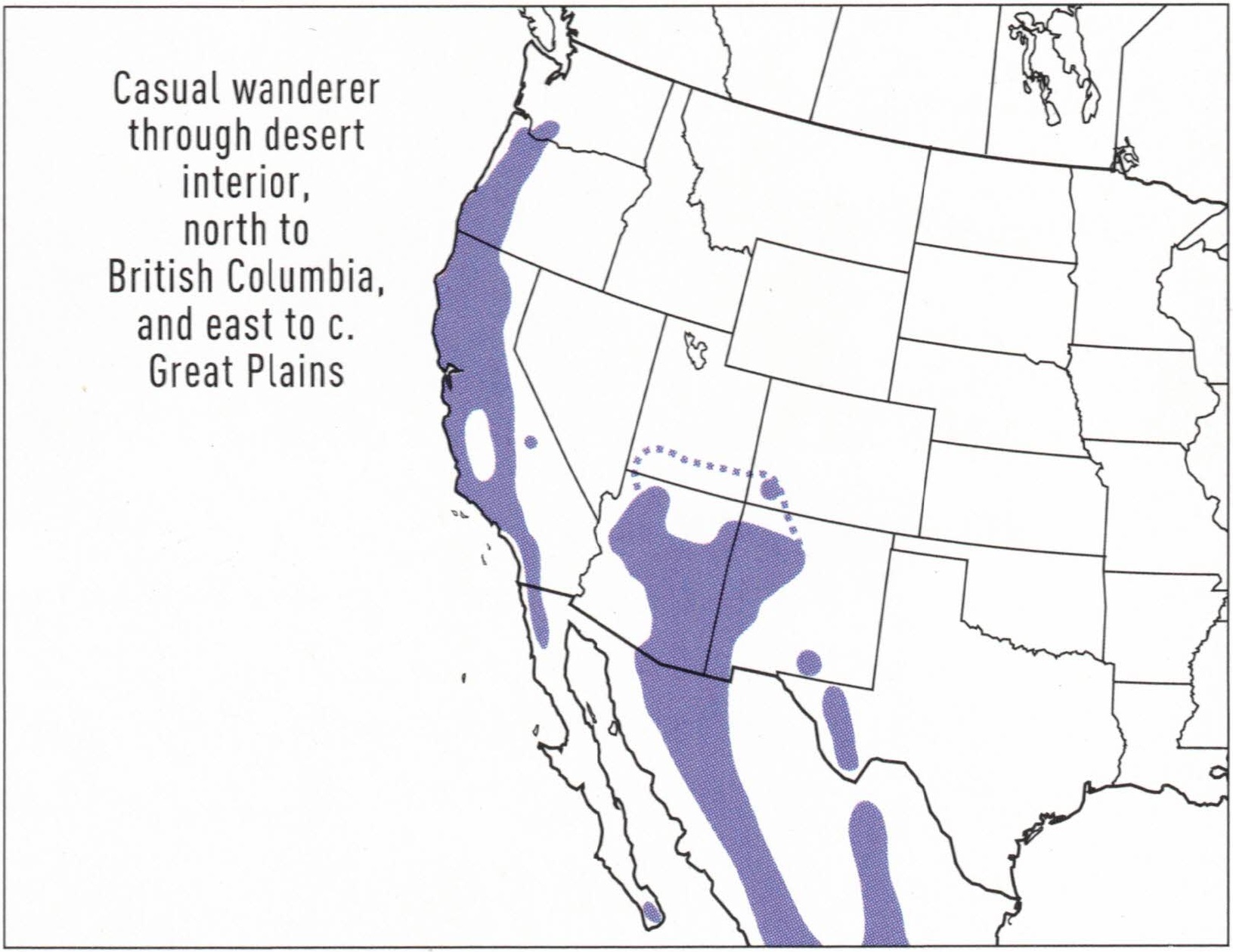
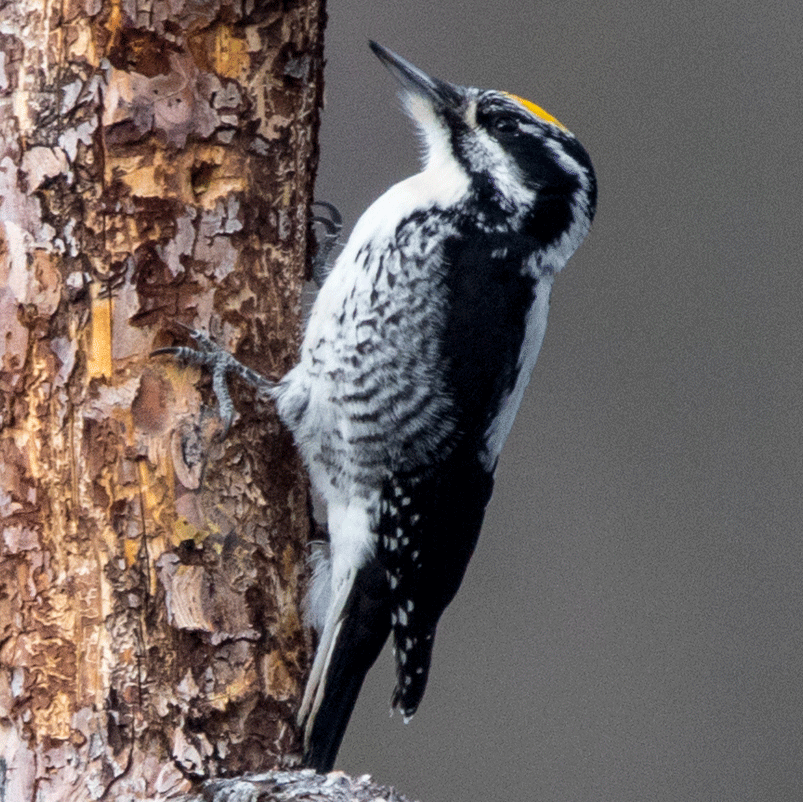
American Three-toed Woodpecker
Picoides dorsalis
Order: Piciformes
Family: Picidae
Size: 8.3 – 9.1 in (21 – 23 cm)
Overview
These woodpeckers are so-named thanks to the obvious differences in their feet – they tend to lean back further than most woodpeckers thanks to their three toes! They also tend to be some of the noisier, more aggressive peckers, so that they can get a better strike on the bark they attack. American Three-toed woodpeckers tend to spend a lot of time pecking and scaling away at one or two trees before they will choose to go elsewhere – and they never get too deep into the bark.
How to Identify
As well as only having three toes, the American three-toed woodpecker is notable for having black / brown and white feathers, speckled, with a striking patterned face. Again, they can also be easy to spot thanks to their pecking habits.
American Three-toed Woodpecker Range & Migration Map
This Picidae is sadly one of the most endangered, though there are thought to be more than 1.4 million of them living across North America. They tend to inhabit forested mountain areas, and they also largely inhabit the upper half of the continent. If you live in Alaska, British Columbia, or out towards Canada, you may be lucky enough to spot one or two.
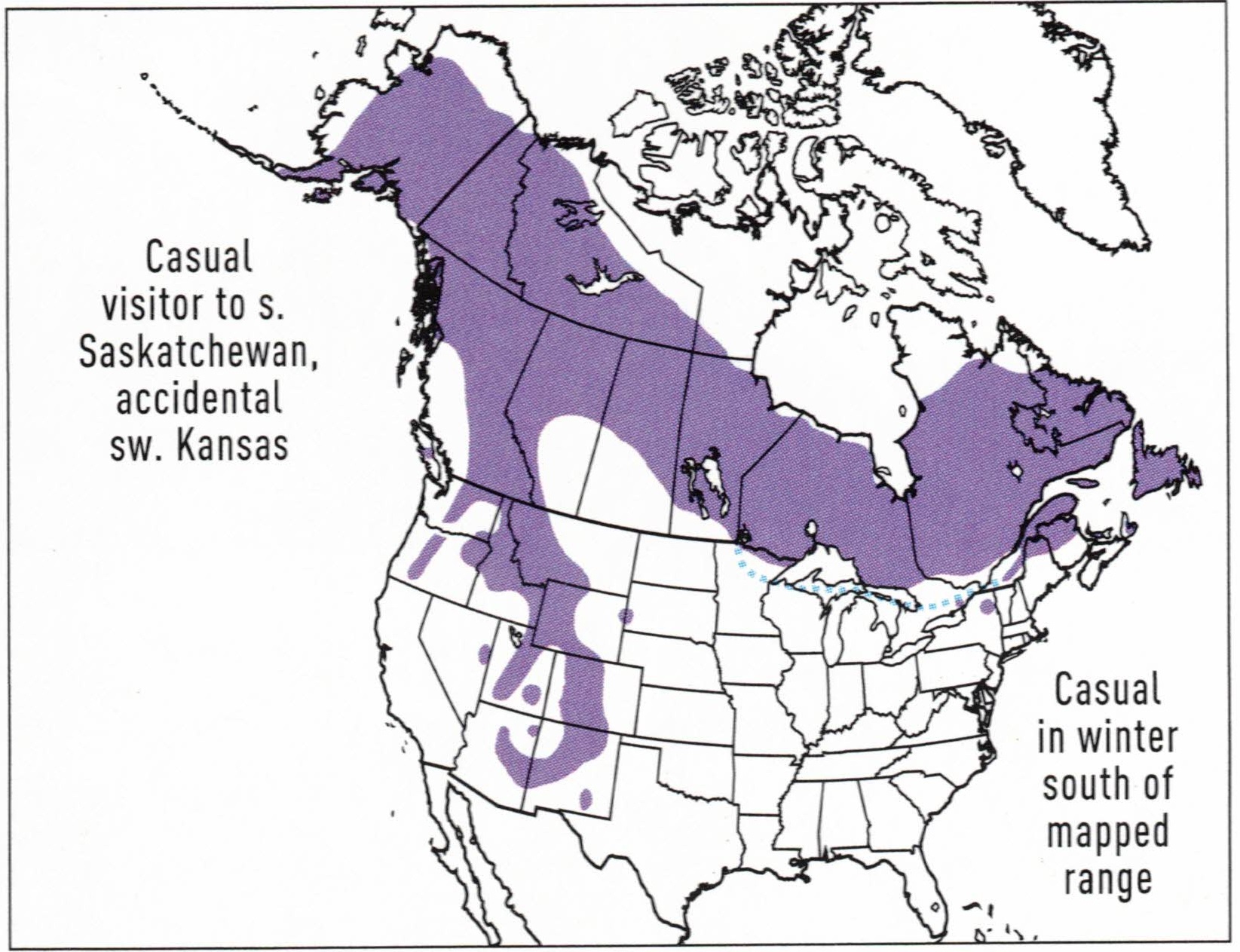
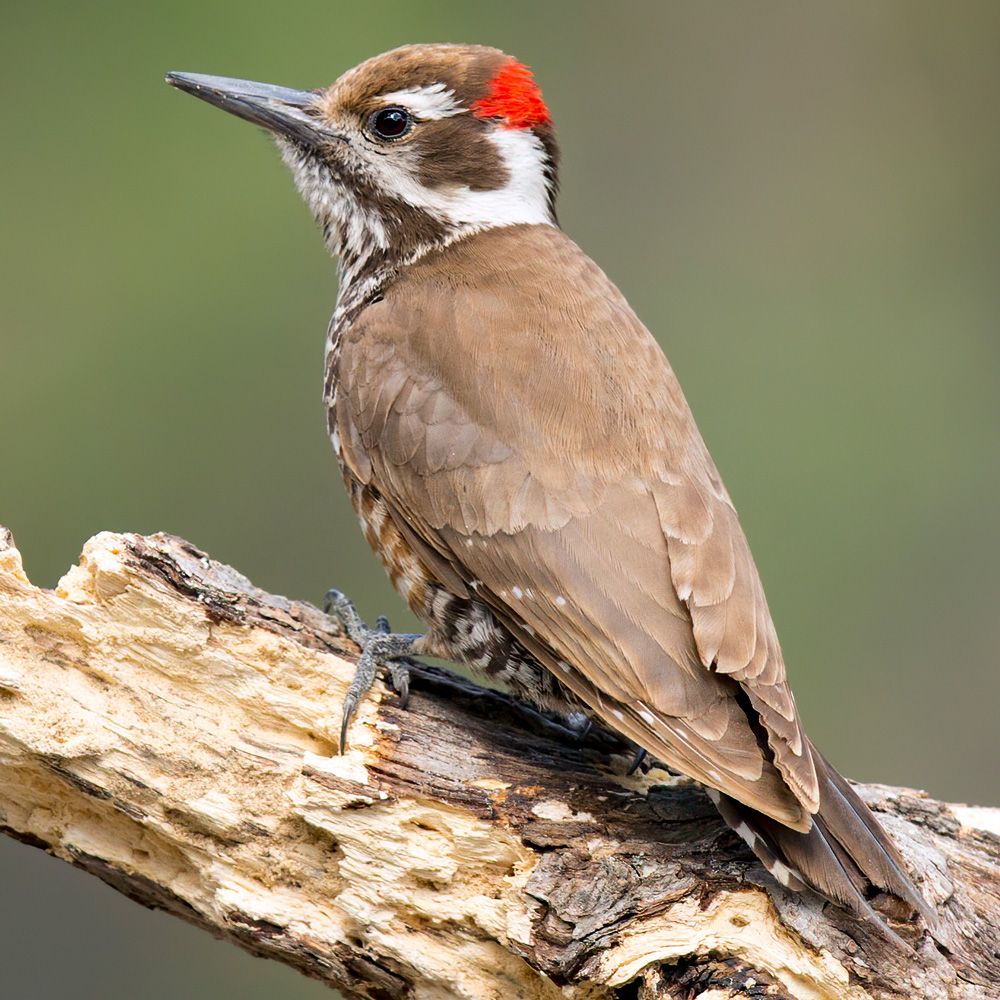
Arizona Woodpecker
Dryobates arizonae
Order: Piciformes
Family: Picidae
Size: 7.1 – 7.9 in (18 – 20 cm)
Overview
This rare little Picidae is, as its name suggests, a treat to spot in backyards around the southern states. Softly colored and sprightly, this relatively small woodpecker tends to be a big fan of treats you’ll leave out in a feeder. Their numbers are said to be restricted, but around certain states, you’ll find it easy enough to attract them. The Arizona woodpecker has an odd pattern in how it scales trees, too. It tends to start spiraling up trees that it enjoys pecking, working from the bottom all the way up to the top.
How to Identify
Small in stature and light brown in color, the Arizona Woodpecker can sometimes boast a small reft tuft towards the back of its head and has a speckled chest.
Arizona Woodpecker Range & Migration Map
The name gives it away – you’ll find this species of Picidae living across Arizona and down towards Mexico, favoring forests rich in pine. If you live close to the Sky Islands, they can be a common treat to spot.
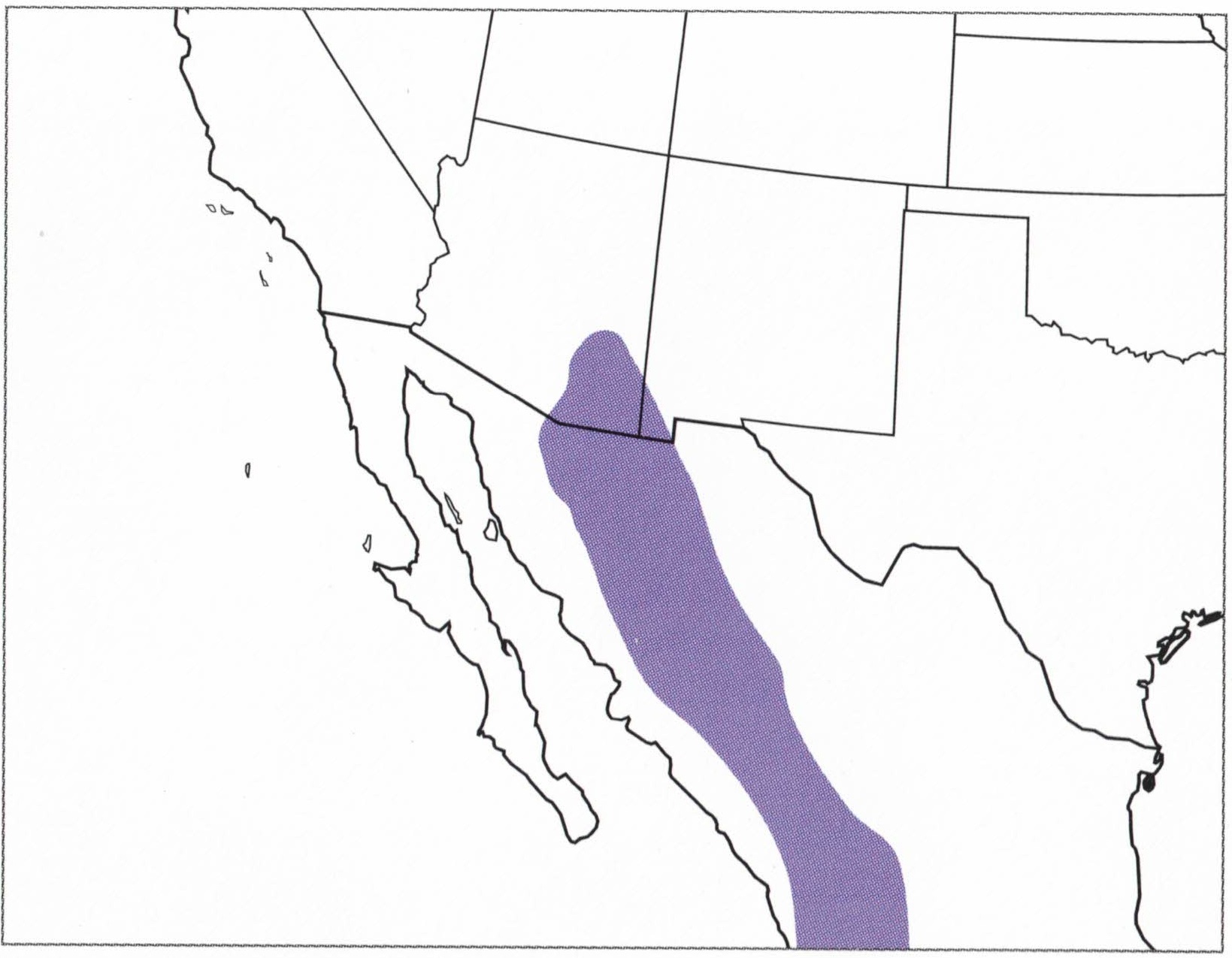
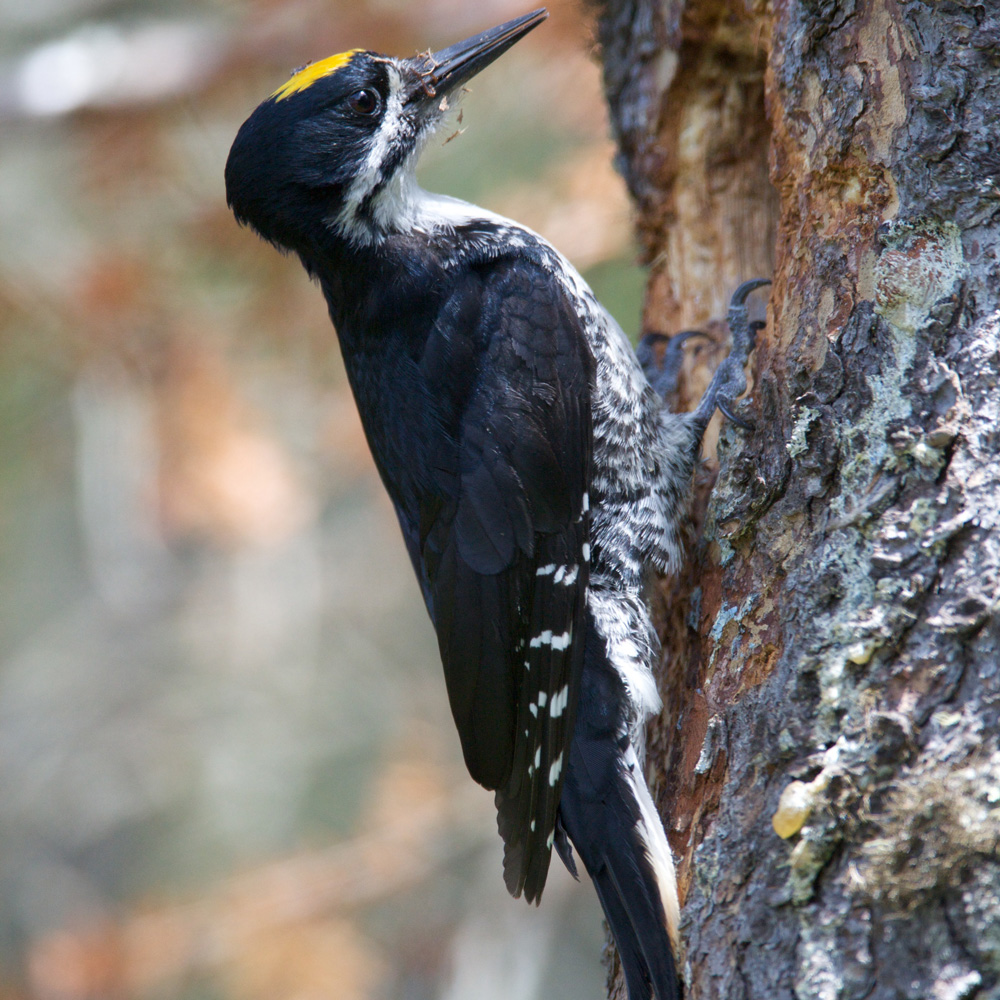
Black-Backed Woodpecker
Picoides arcticus
Order: Piciformes
Family: Picidae
Size: 9.1 in (23 cm)
Overview
The black-backed woodpecker is a fellow Picidae alongside the American three-toed variety, though as the name suggests, these birds can be easy enough to tell apart. These particular birds have the rather odd habit of striking trees that have died. There’s a reason for this – they forage in burnt trees to go hunting for unsuspecting insects. Black-backed woodpeckers will normally start pecking away on burnt wood a few weeks after it’s been scorched. What’s also fascinating is the fact that they will feed on this wood for up to eight years!
How to Identify
This Picidae, as its name suggests, has a shiny, black, feathery plumage, which can be excellent in helping to camouflage it in darker, burnt forests. They are becoming more and more common as they hunt for grubs and larvae, and it’s likely you’ll spot them alongside their three-toed cousins.
Black-Backed Woodpecker Range & Migration Map
There are said to be more than 1.8 million black-backed Picidae in North America right now, and you’ll spot them all across the northern states heading into Canada. Again, much like the three-toed variety, this bird commonly frequents Alaska and out east – if there are burnt trees, they’ll be close by.
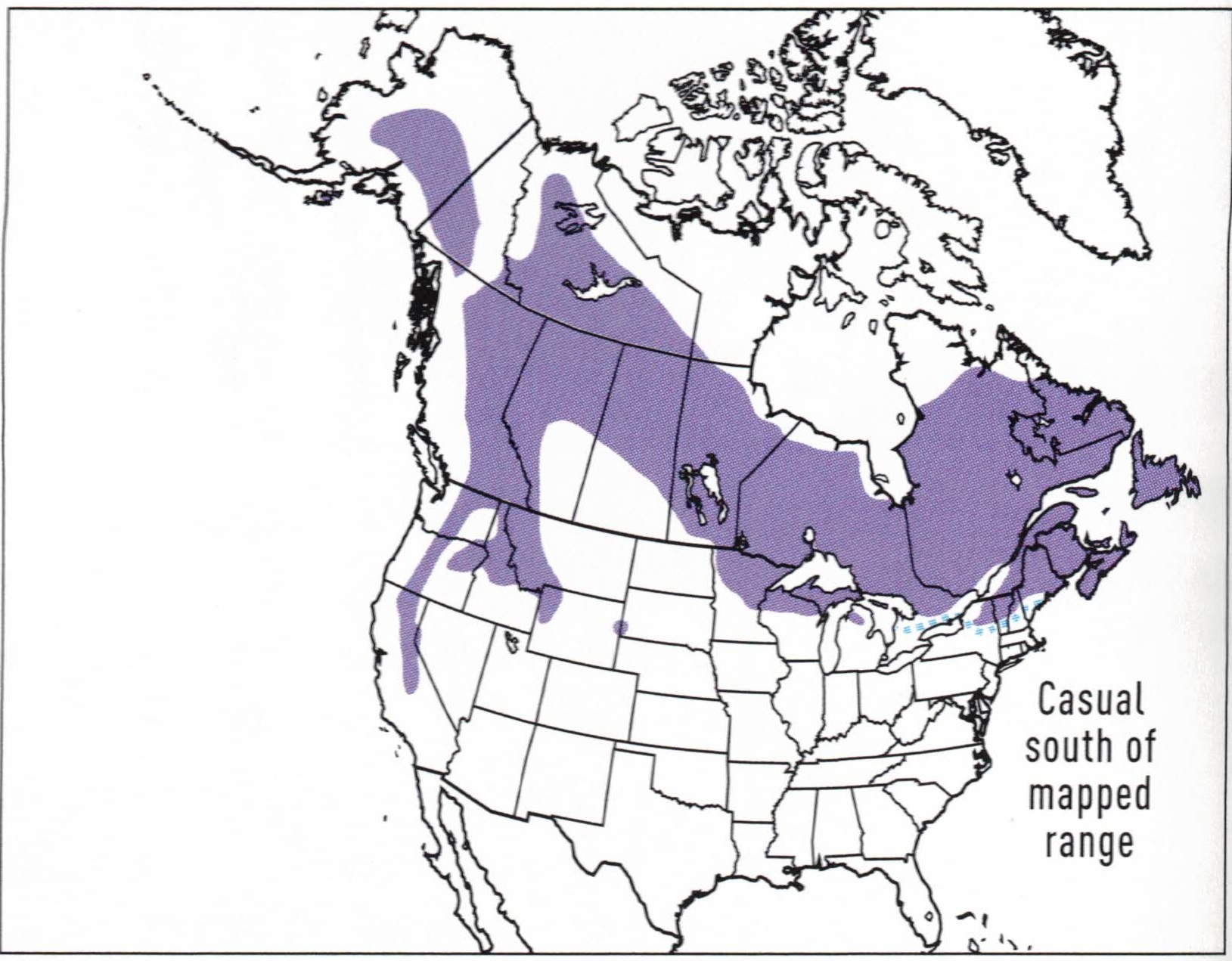
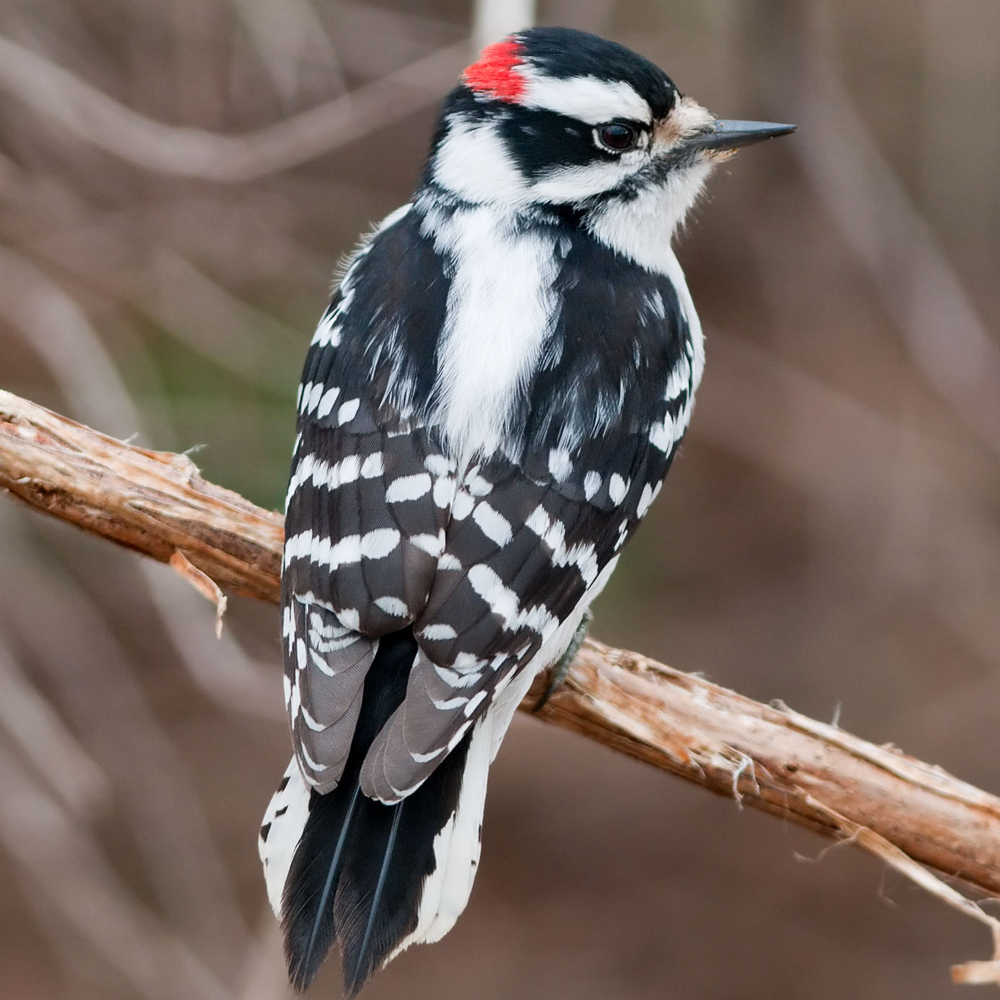
Downy Woodpecker
Dryobates pubescens
Order: Piciformes
Family: Picidae
Size: 5.5 – 6.7 in (14 – 17 cm)
Overview
Truly tiny, the cute downy woodpecker is a Picidae that’s common across the north to central states. In fact, they are the smallest native woodpeckers in the country. They tend to prefer milder climates on the whole but are known to travel around. They use sharp, single calls, and tend to enjoy feeding on seeds in feeders. If you have any woodpeckers in your backyard, there is a very good chance it is a Dryobates pubescens. They are just bigger than your common garden sparrow.
How to Identify
Exceptionally small but unabashedly noisy, the downy woodpecker is largely black and white with spots, and the males tend to have red crowns. They have varying spots and stripes across their wings and feathers – meaning that neither one nor two may ever look the same!
Downy Woodpecker Range & Migration Map
The downy woodpecker lives just about everywhere across the United States, with sightings across states as diverse as Florida and Alaska! If the climate is mild enough – and not too sunny – then there’s every chance you’ll spot this bird in your yard. There are around 13 million of them across the continent.
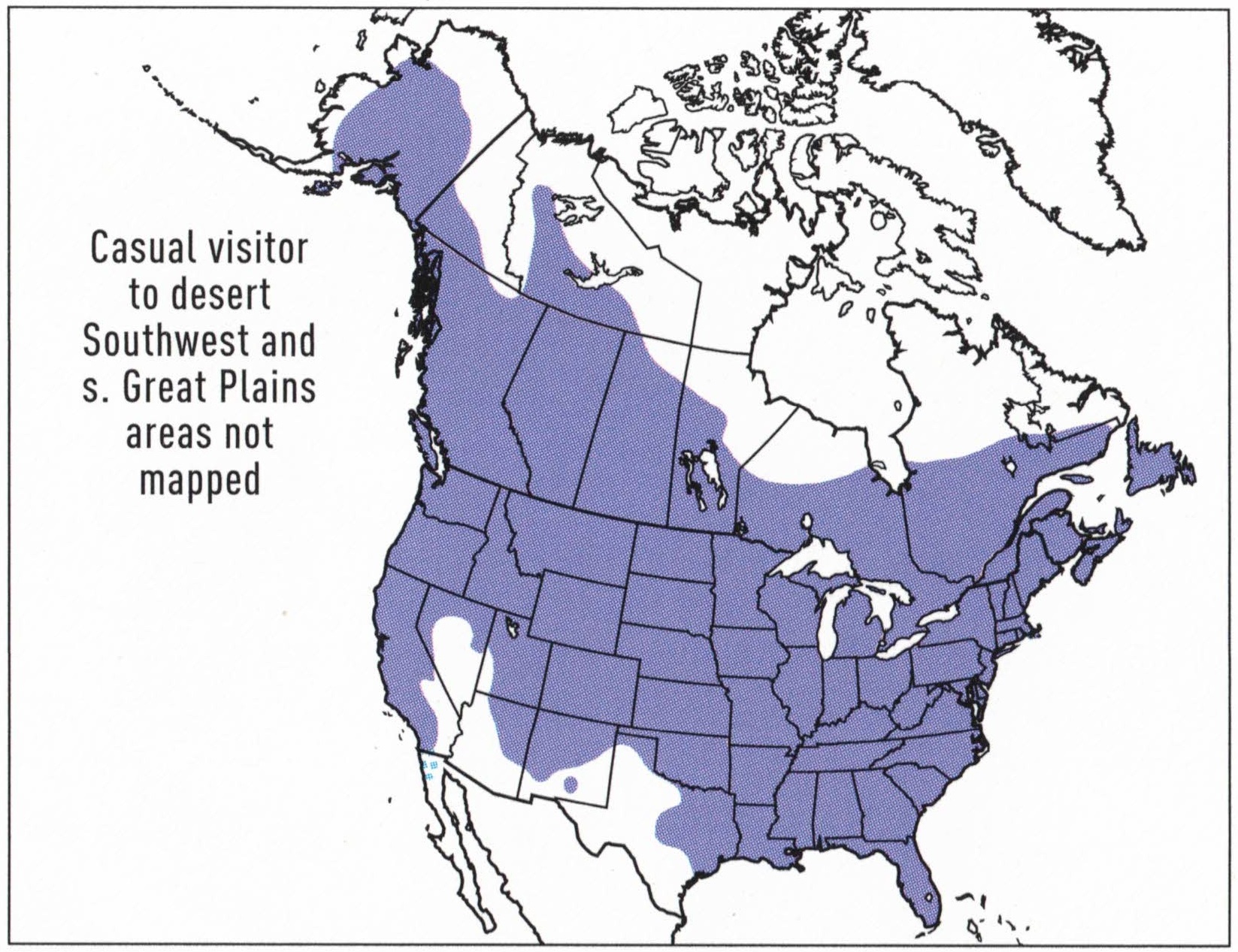
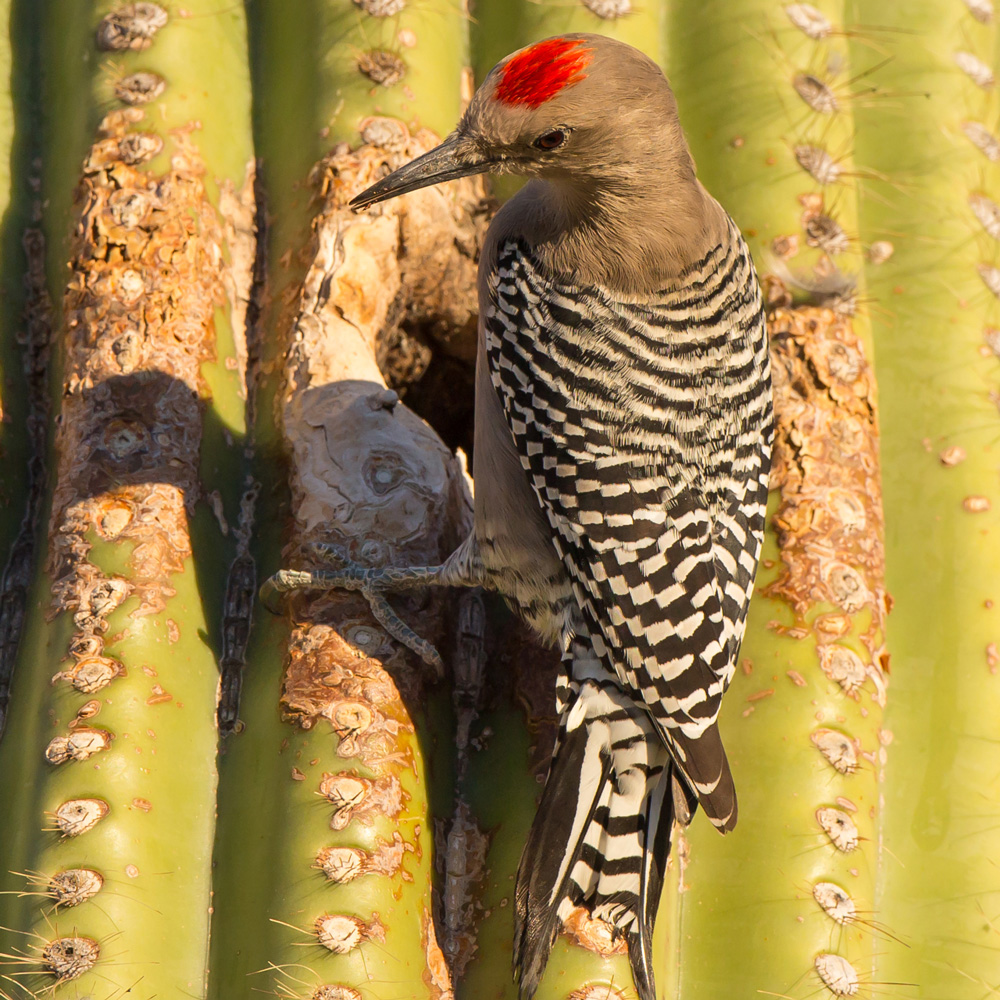
Gila Woodpecker
Melanerpes uropygialis
Order: Piciformes
Family: Picidae
Size: 8.7 – 9.4 in (22 – 24 cm)
Overview
The warmth-loving Gila woodpecker is a common sight across Mexico, and you’ll often see it in the desert. In fact, these Picidae prefer nesting in cacti over any other plant, tree, or shrub! It persists in arid conditions perhaps better than most. This woodpecker is a mid-sized bird that tends to spend its afternoons perching and calling, preferring to get much of its hunting out of the way early. This species is also extremely sociable with other woodpeckers and calling birds.
How to Identify
The Gila woodpecker looks fairly similar to other eastern Picidae, however, you’ll know them for their brown or tawny body and head colors, along with patterned wings and tails.
Gila Woodpecker Range & Migration Map
The Gila woodpecker is rare in the US, however, it can travel over to drier southwestern territories such as Arizona, New Mexico, and California in search of cacti. You likely won’t find this woodpecker hanging around the dying trees that many other birds in its family are likely to frequent.
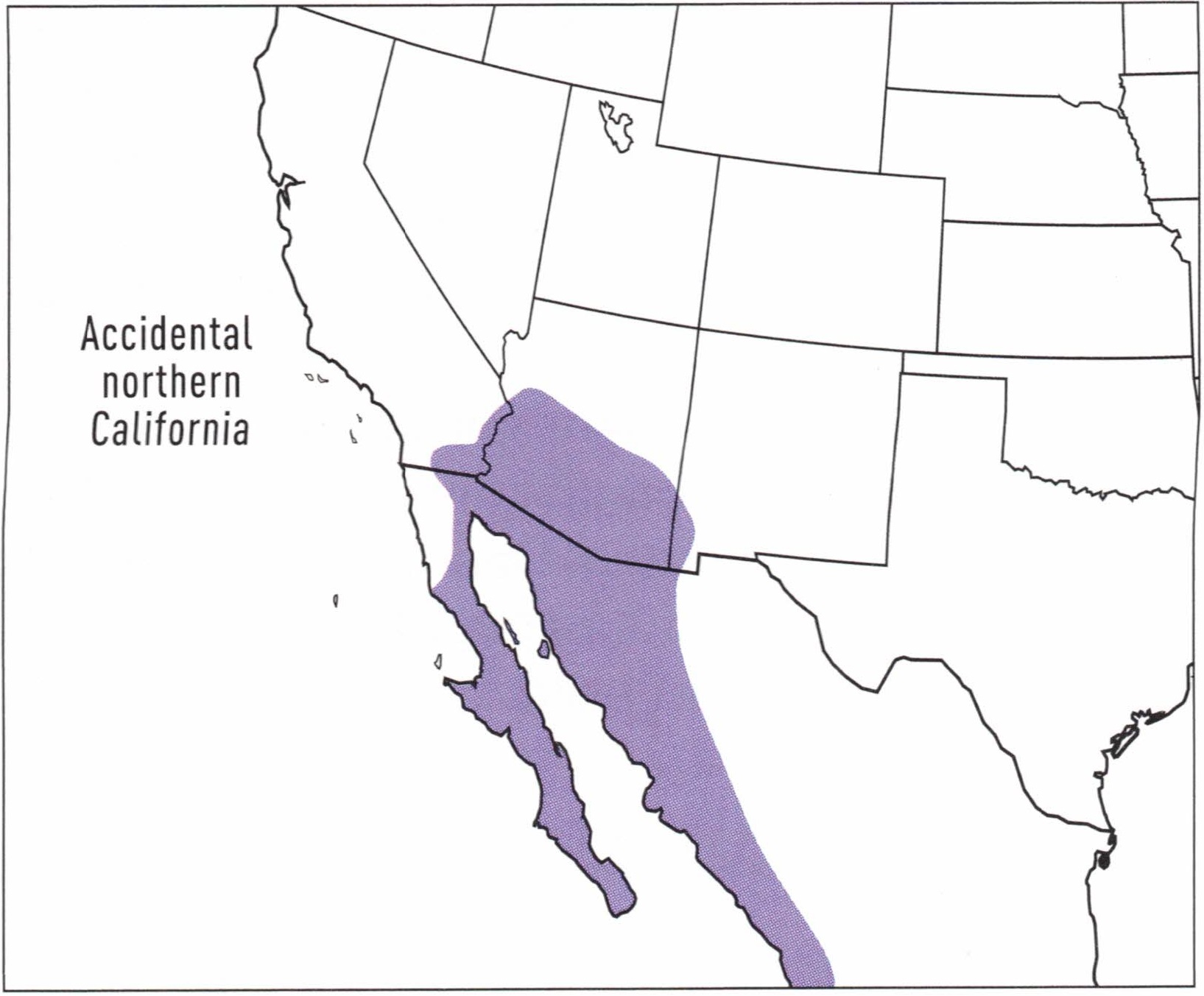
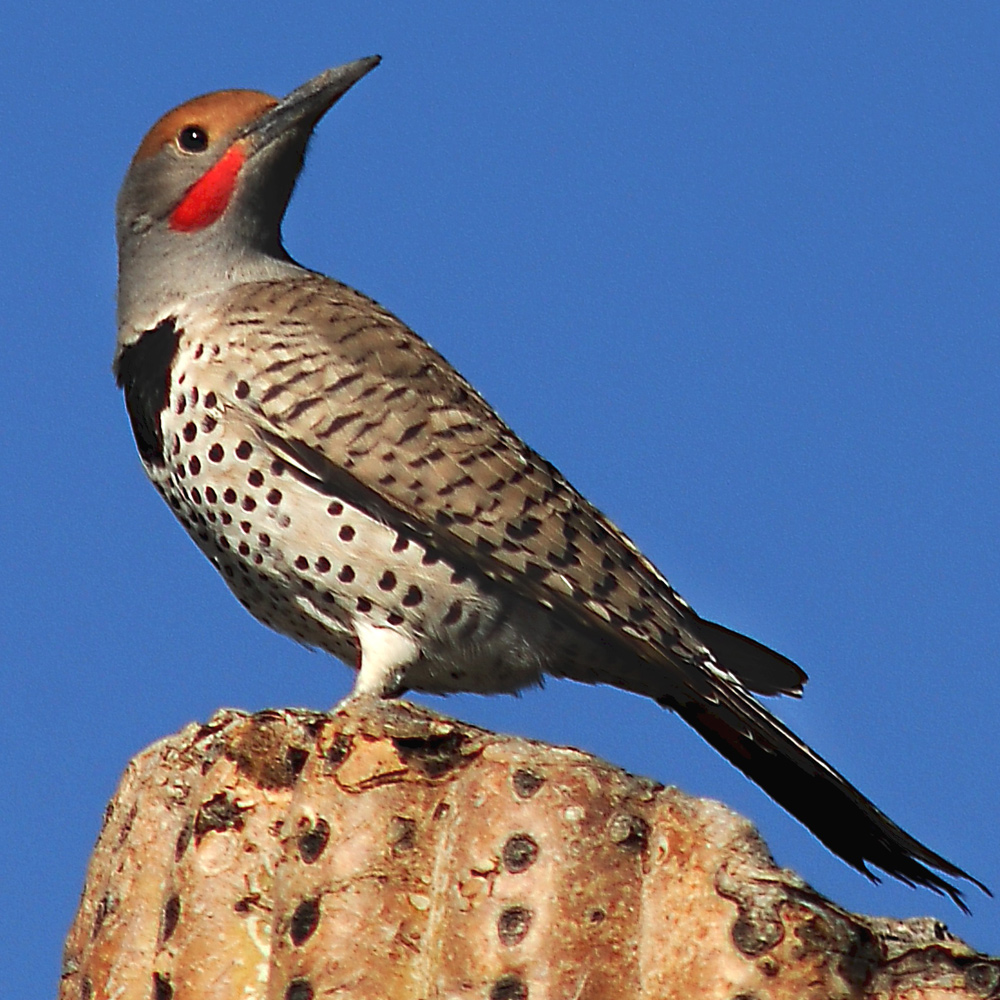
Gilded Flicker
Colaptes chrysoides
Order: Piciformes
Family: Picidae
Size: 11.0 in (28 cm)
Overview
This large, heat-loving Picidae is a lover of cacti – in fact, it will normally make nests in the plants without a scratch! These species are fairly rare, sadly, but they are truly gorgeous to watch – any backyard welcoming these birds is a lucky one indeed. Just smaller than the average crow, the Gilded Flicker tends to enjoy feasting on insects that burrow into the ground, with ants being prime targets. You’ll rarely see these birds in trees, however – so it’s better to look closer to the ground.
How to Identify
Often speckled to the crest and wings, the Gilded Flicker can also display a fairly golden plumage in flight. It has brown-orange colorings on its crown and down the back of its head. You may often see it boast a black crest, too.
Gilded Flicker Range & Migration Map
The Gilded Flicker, as a lover of cacti for nest-building, tends to frequent deserts and arid land out around Mexico and towards California, Arizona, and Nevada. Even then, its habits are sadly threatened – meaning unless you live close to the drier regions and plains, spotting this Picidae is pretty rare.
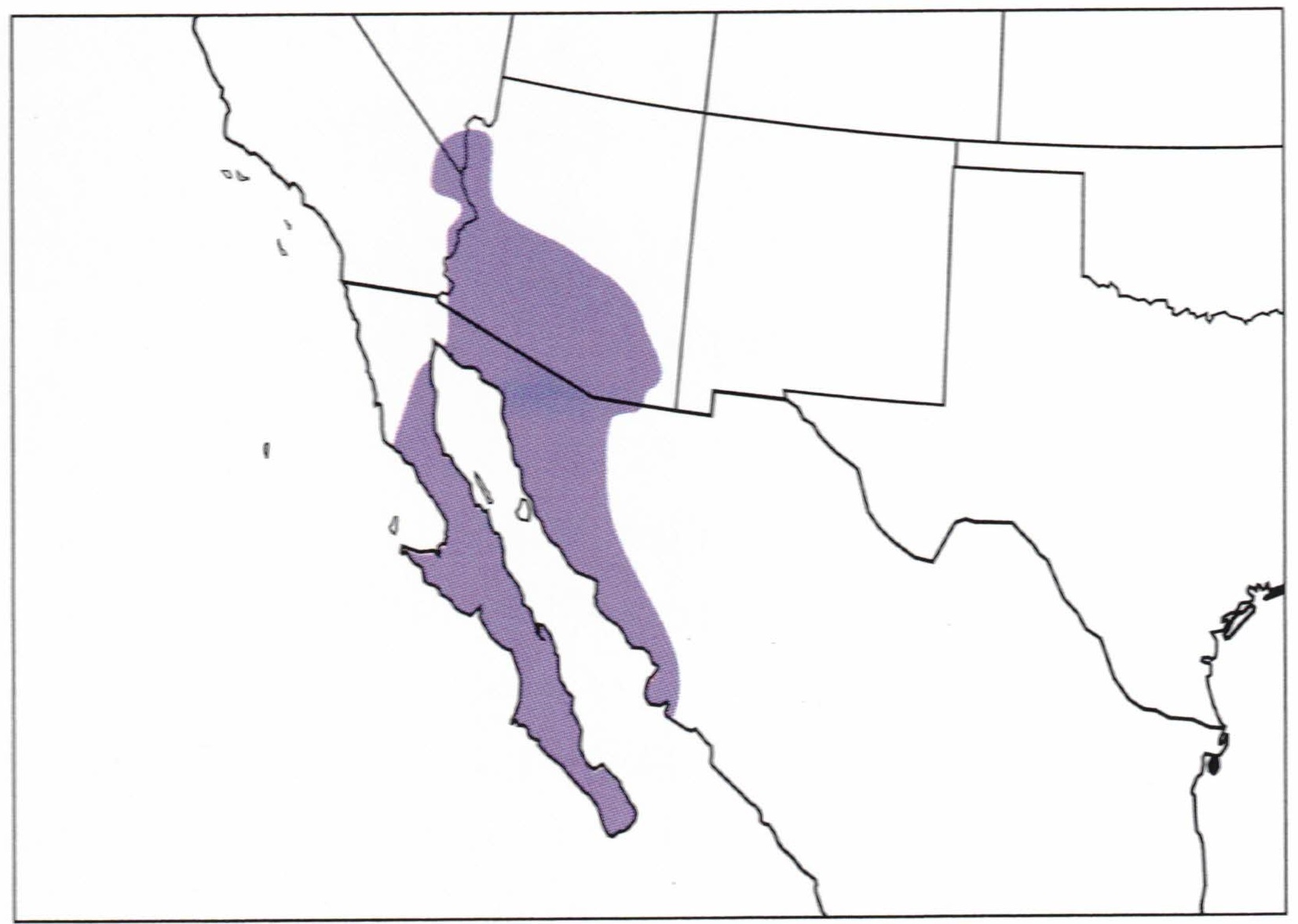
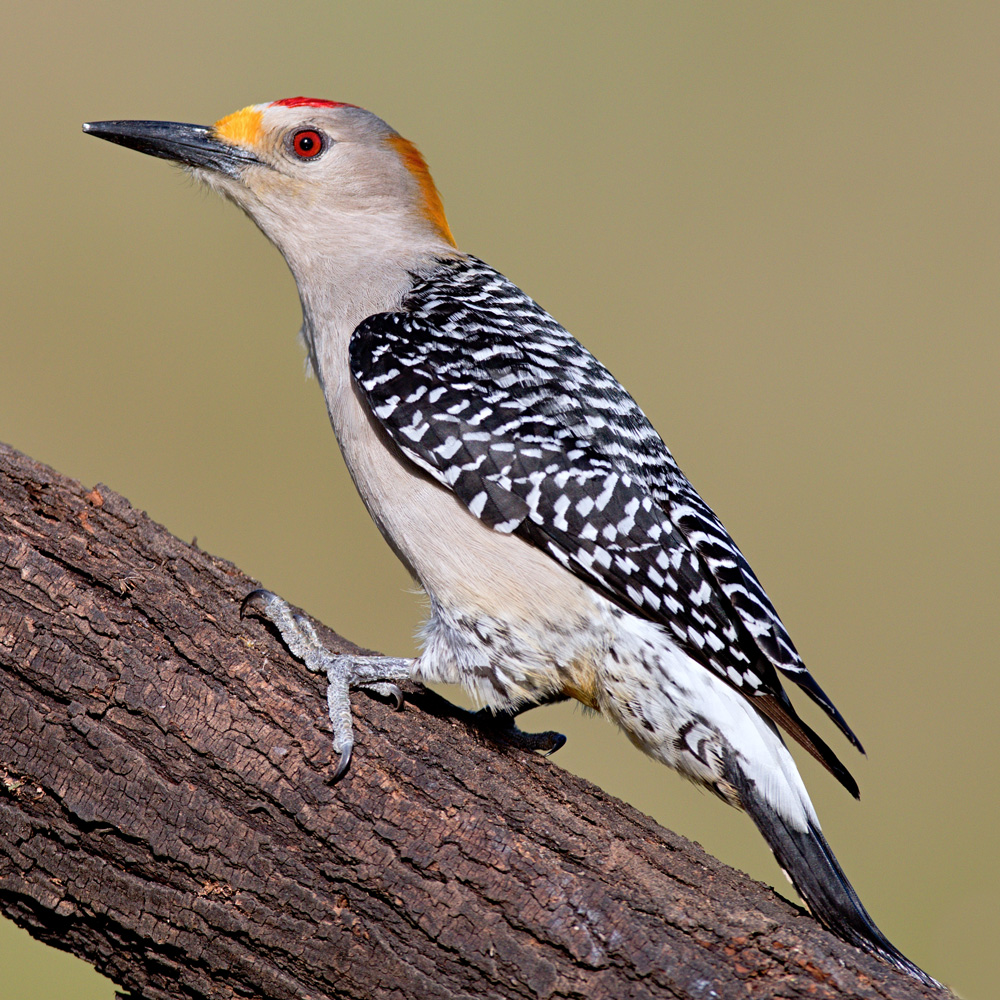
Golden-Fronted Woodpecker
Melanerpes aurifrons
Order: Piciformes
Family: Picidae
Size: 8.7 – 10.2 in (22 – 26 cm)
Overview
This southern Picidae is a curious creature that borrows its looks from some flickers but has behaviors all of its own. They are, sadly, in decline – but you have a good chance of spotting them in the drier forests of North America. They tend to live out in open wooded areas, and this species is more of a fan of fruits and nuts than it is insects. They also tend to live to a ripe age – the oldest on record was almost 6 years old when released into the wild.
How to Identify
As its name suggests, the Golden-fronted woodpecker has a fairly bright plumage, often with a golden receding crown, and possible yellow markings towards its beak. You’ll also note the speckled wings and tail, patterns of which you will also spot in flickers, too.
Golden-Fronted Woodpecker Range & Migration Map
Golden-fronted woodpeckers tend to prefer flocking towards the southwest, occasionally popping up in the backyards of Texas. It’s also migrated towards Mexico, clearly preferring the more arid temperatures and climates the continent has to offer.
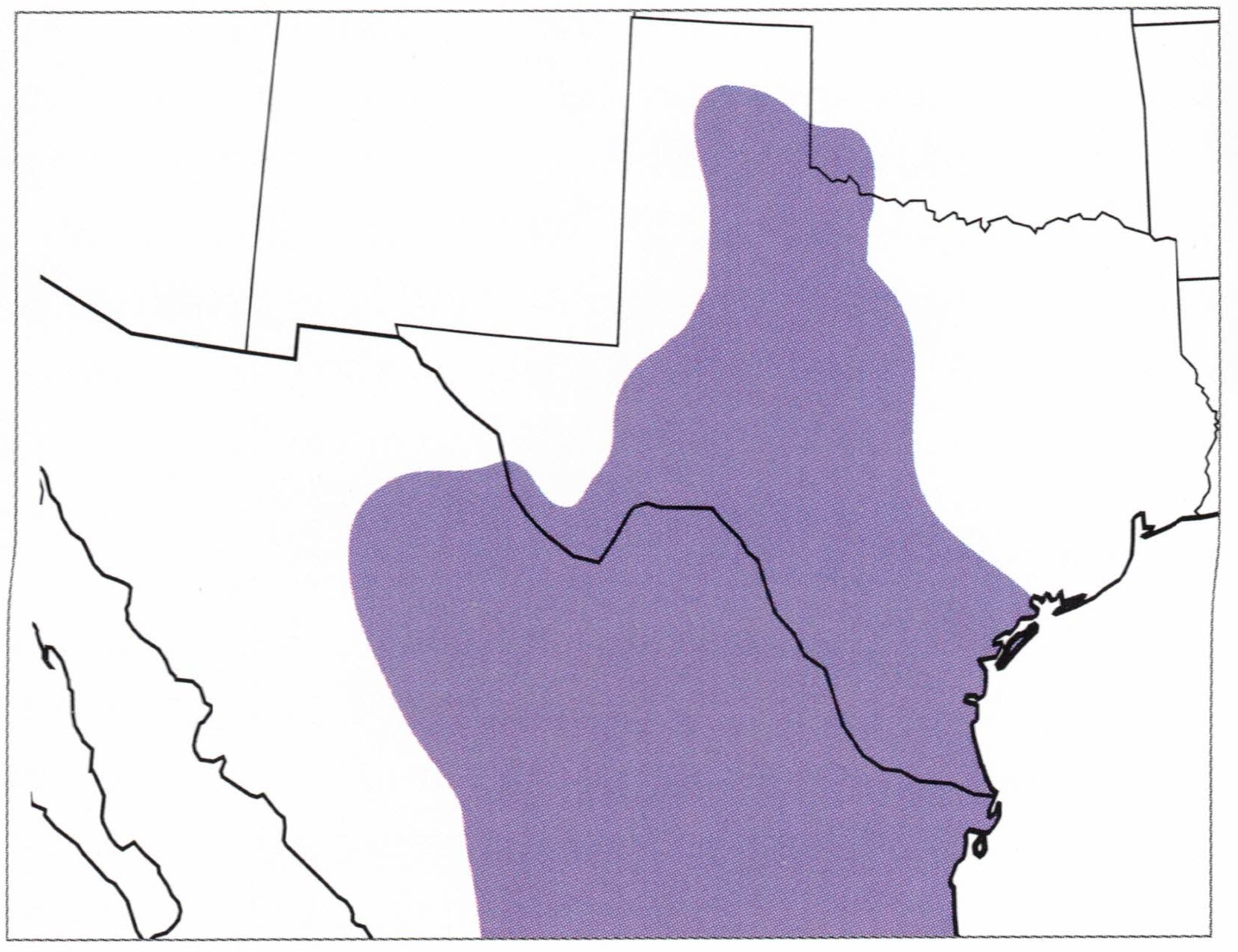
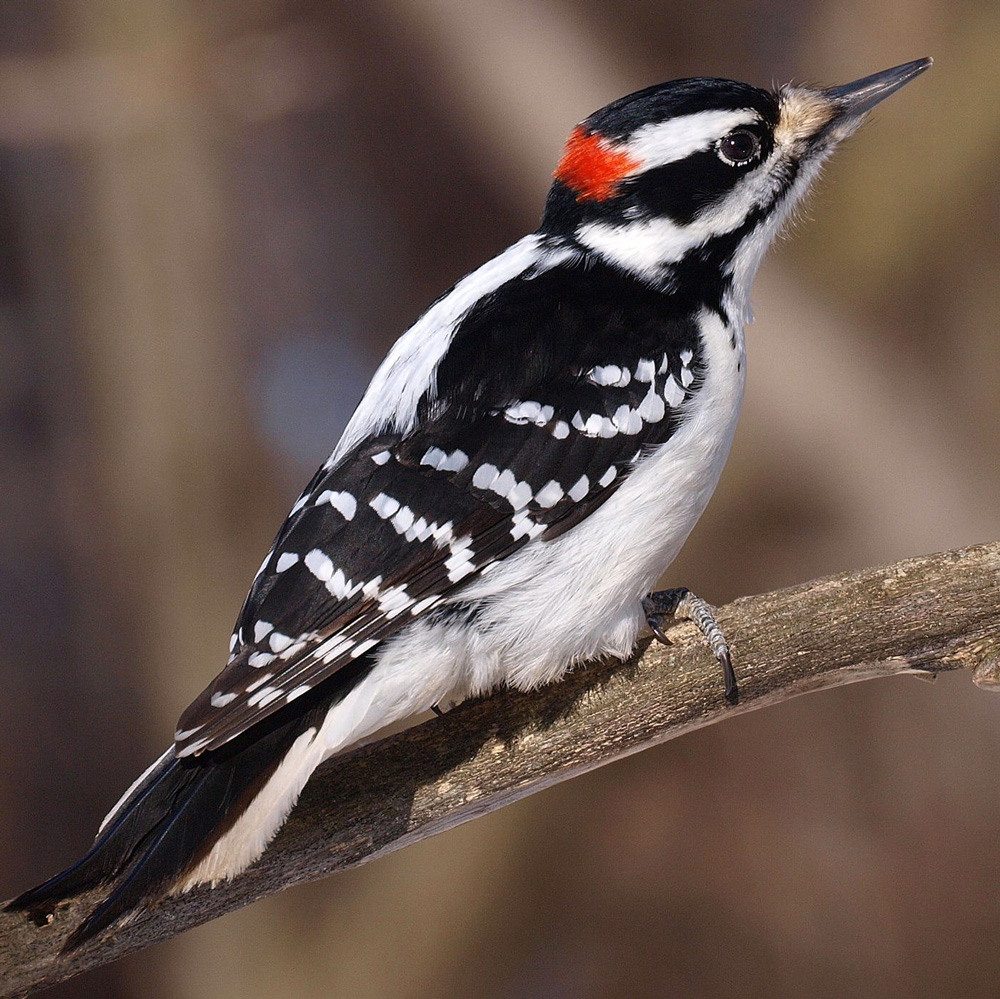
Hairy Woodpecker
Dryobates villosus
Order: Piciformes
Family: Picidae
Size: 7.1 – 10.2 in (18 – 26 cm)
Overview
If there is a chance you’re going to spot a woodpecker in your backyard somewhere in the states, then it’s probably going to be a hairy species! The Dryobates villosus is extremely common, but it’s actually fairly shy and retiring. They have very simple calls but will be happy to drill and drum on just about anything. They are also prime opportunists – they’ll steal sap from holes drilled by other birds! The hairy woodpecker is also known for its mighty peck – it looks small, but it drills loudly!
How to Identify
The hairy woodpecker naturally has a fairly hairy appearance, though it’s also notable for its relatively long, pointed bill, as well as its distinct black and white coloring. Some species, however, can carry a brownish tint. They are generally white to the chest and are speckled to the wings.
Hairy Woodpecker Range & Migration Map
Where to start? This Picidae doesn’t tend to be fussy about climate, though you’ll normally see it amongst conifers. There are more than eight million of these birds across the continent, and their numbers are growing – there are no particular states where they are most prolific.
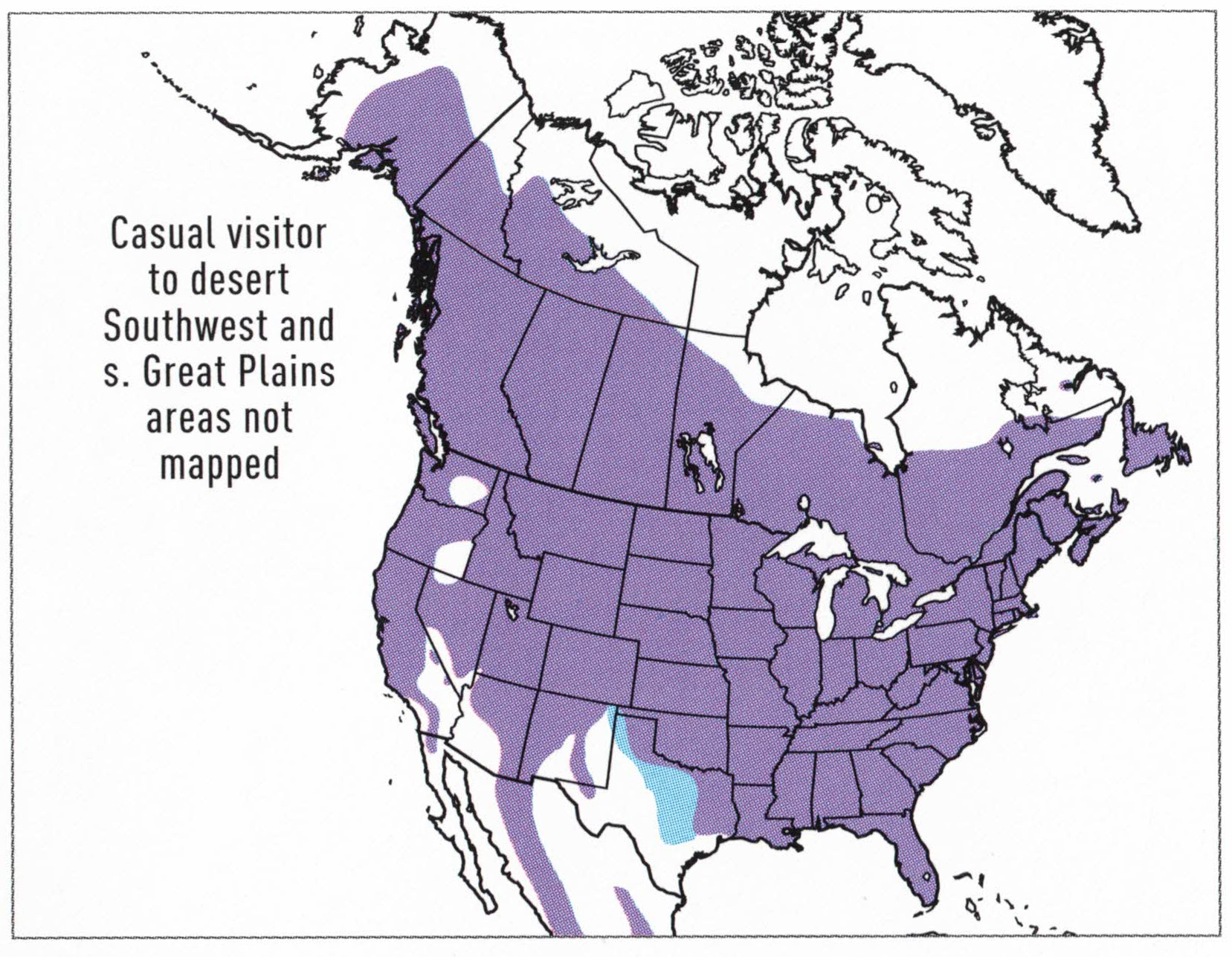
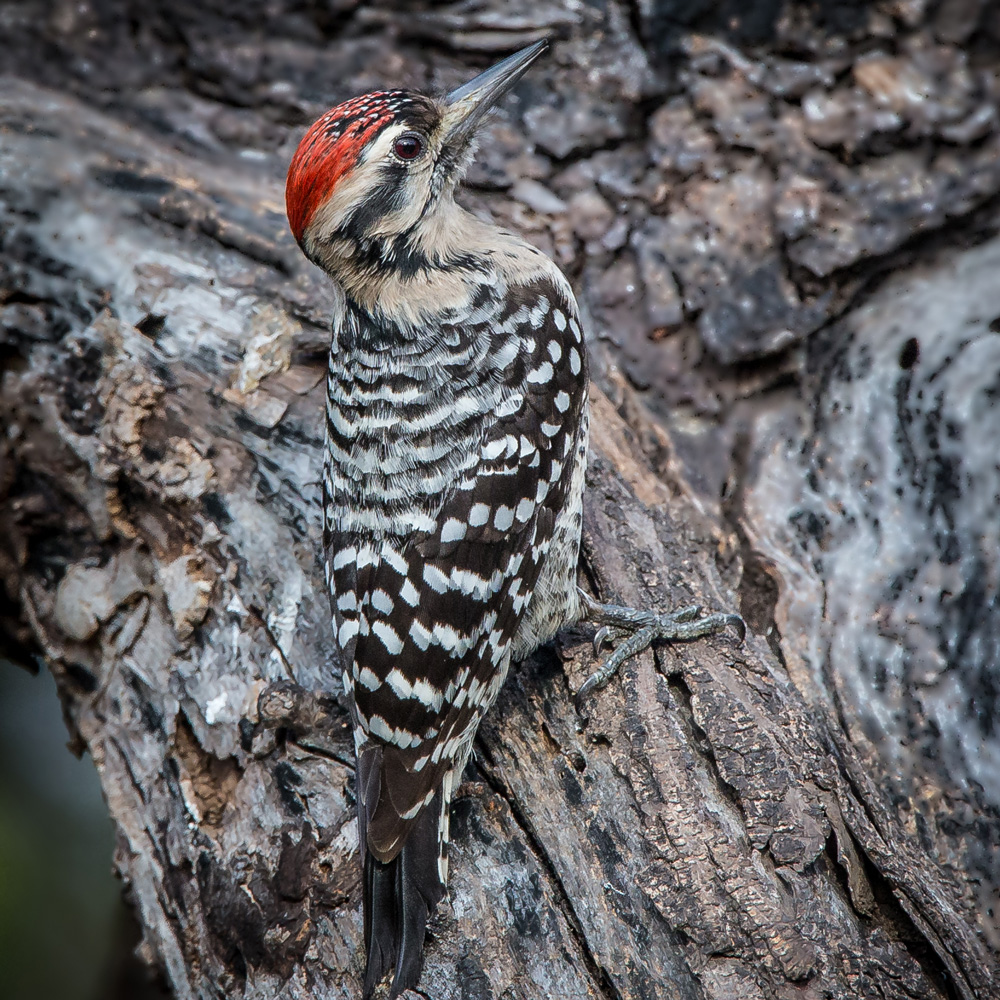
Ladder-Backed Woodpecker
Dryobates scalaris
Order: Piciformes
Family: Picidae
Size: 6.3 – 7.1 in (16 – 18 cm)
Overview
Small but plucky, this is a monochromatic bird that you will normally find fluttering and drilling around the southern states. This bird loves the drier, warmer climate, and tends to nestle deep into some of the less moist forests across these territories. Thankfully, they have a stable population! These woodpeckers are branch foragers, choosing to peck around keenly for insects. They normally hide themselves during foraging – meaning they are not always easy to spot. That said, they don’t tend to spend much time in the air, either.
How to Identify
Largely black and white to the backs and wings, these woodpeckers often boast red crowns sweeping back, with black markings around their faces and beaks. They will often have brown tinges on their fronts, too.
Ladder-Backed Woodpecker Range & Migration Map
The ladder-backed woodpecker tends to be a common sight across the southern and southwestern states, and they can be seen further south in Central America. This tends to be a non-migratory woodpecker – it is often happy to stay local.
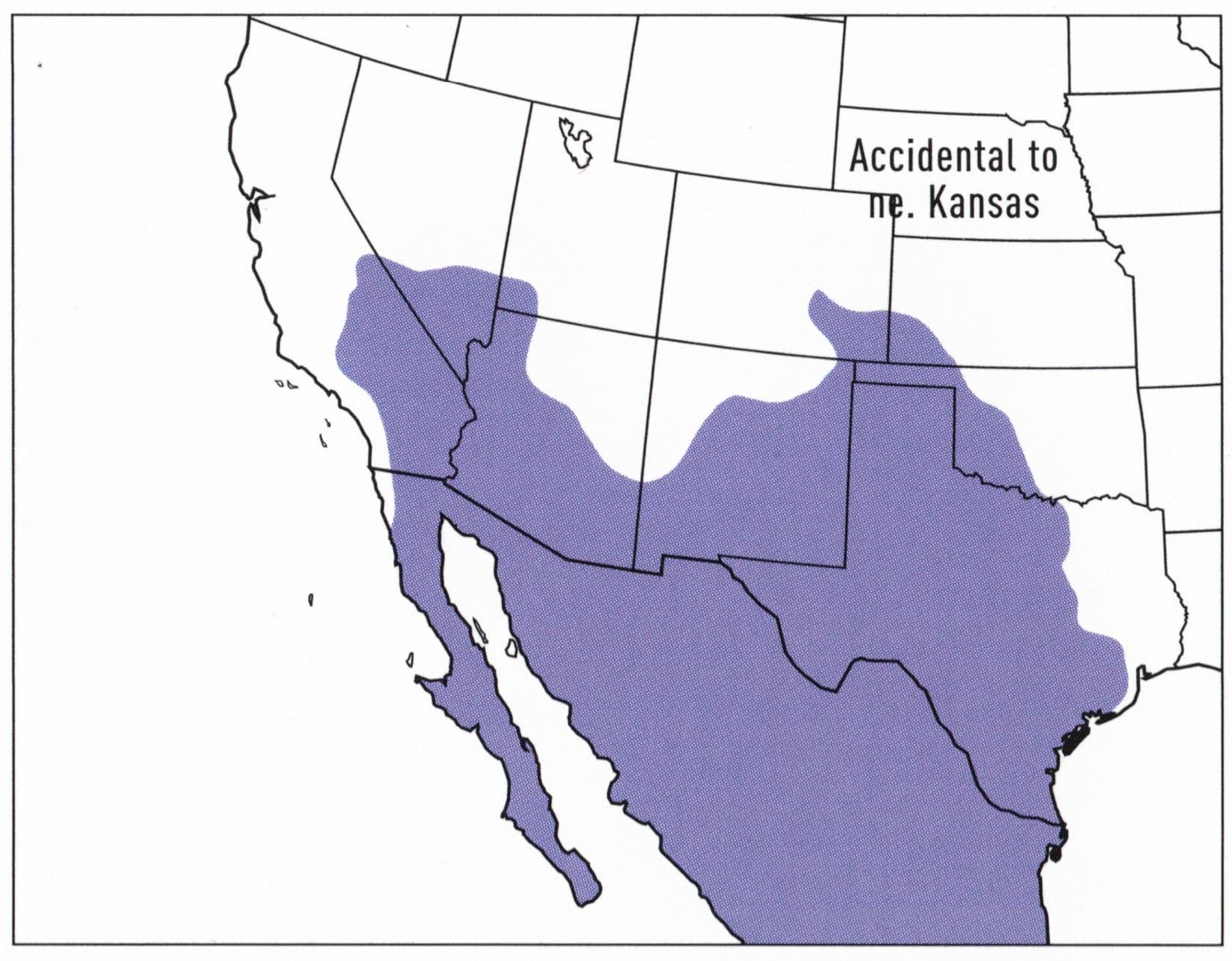
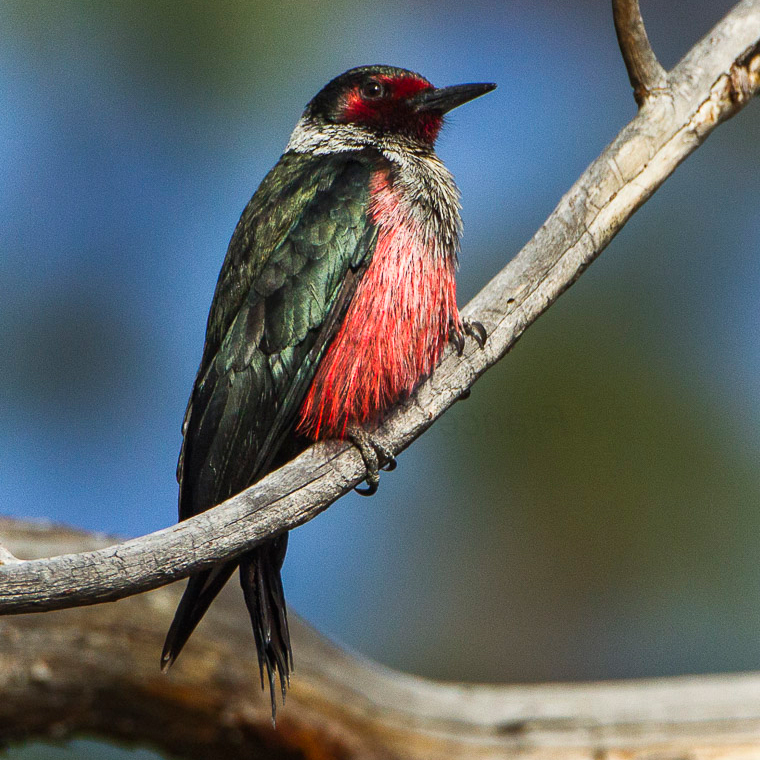
Lewis’s Woodpecker
Melanerpes lewis
Order: Piciformes
Family: Picidae
Size: 10.2 – 11.0 in (26 – 28 cm)
Overview
The Lewis’s Woodpecker is fairly rare, but also pretty hard to miss when you do spot one! This is a curious woodpecker in that it doesn’t tend to peck into wood for grubs – instead, it’s more partial to consuming the odd flying critter. Unfortunately, this is another woodpecker whose numbers are fairly rare, as its habitat is shrinking. The Lewis’s Woodpecker is a little bit of a nomad in its nature, in that it will be happy to search for food in various territories across the year. However, you’ll normally find it in burned forests and pineland.
How to Identify
Boasting gorgeous red and black features, Lewis’s woodpecker tends to be rosy around the face and beak, and to the crest and front plumage. You’ll find it has a magnificent, sweeping, black plumage to the wings and tail. You likely won’t hear it pecking or drilling.
Lewis’s Woodpecker Range & Migration Map
Lewis’s woodpecker, while uncommon, tends to be spotted to the southwest, as far out east as Oklahoma, and normally takes up refuge in forests. However, you’ll also find it in some spots of California – a rare spot that’s very rewarding.
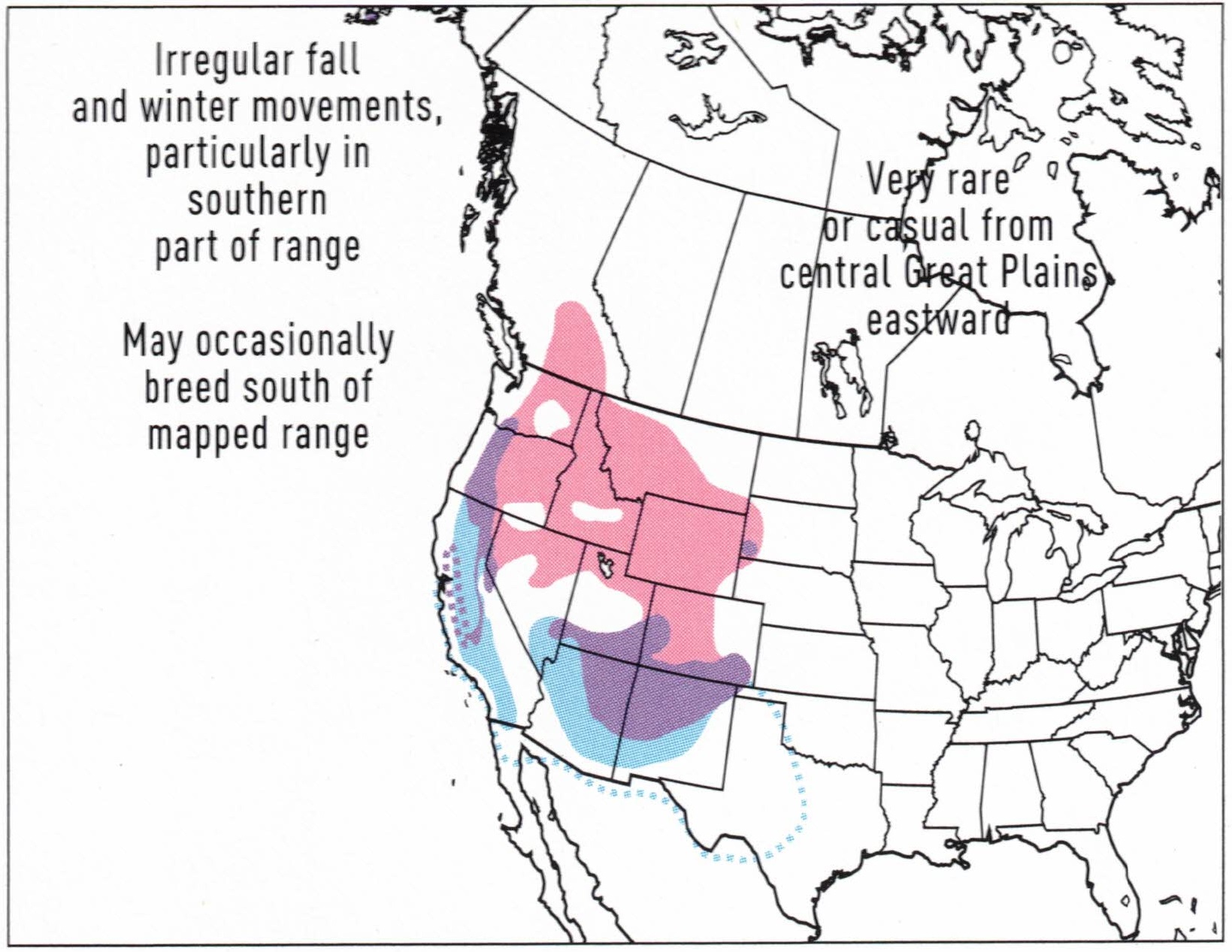
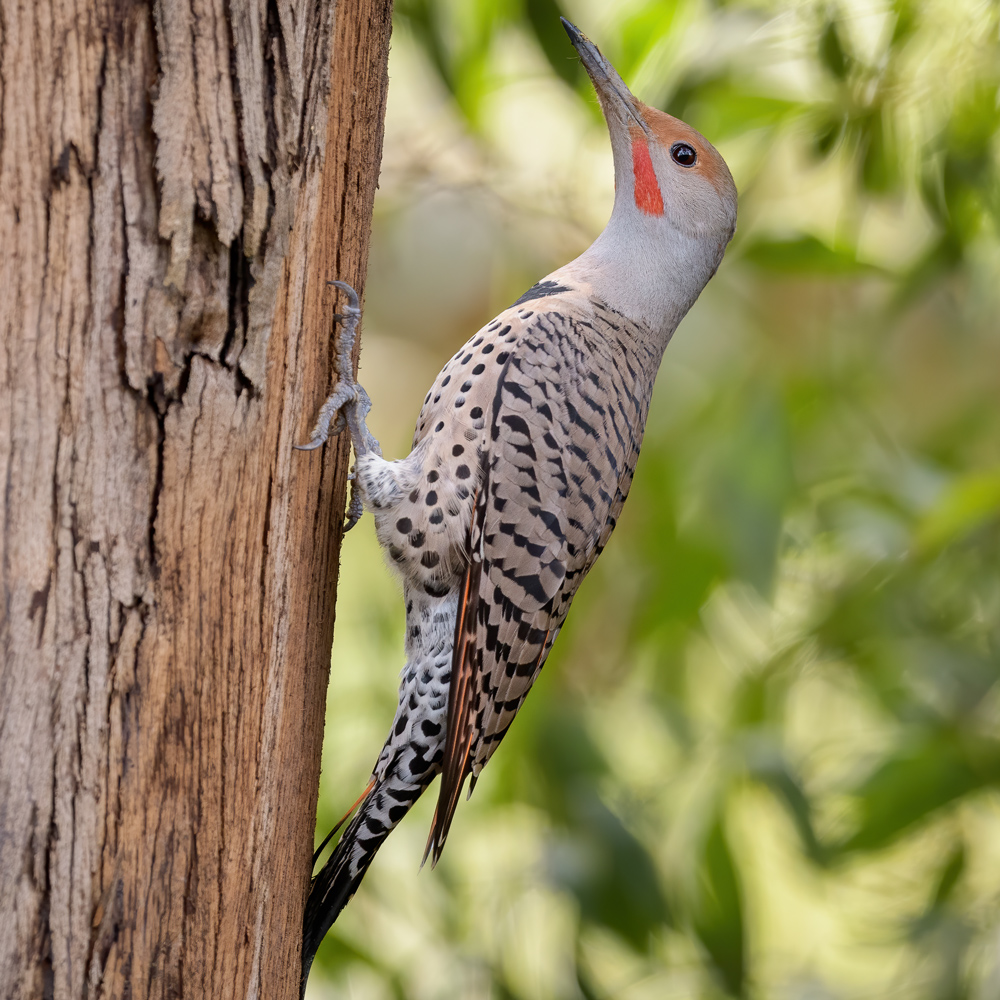
Northern Flicker
Colaptes auratus
Order: Piciformes
Family: Picidae
Size: 11.0 – 12.2 in (28 – 31 cm)
Overview
This Picidae is known by many, many different names – and you may well have seen it referred to as the Yellow or Red-shafted Flicker. It’s a fairly common bird and is also one of the largest woodpeckers living across the states. Unlike most peckers, however, they tend to feast mainly on ground insects – ants, in particular! This Flicker will choose to hop around to eat, but may even choose to site itself on branches occasionally when it fancies a fruit treat or two.
How to Identify
The Northern Flicker has plumage colors that can vary (hence its many names), but you can commonly spot these birds thanks to their flecked tails and wings. They often have black markings around their faces and crests, and you’ll be able to tell them apart from other Picidae on sheer size alone.
Northern Flicker Range & Migration Map
Northern Flickers tend to live out east but can be found high up in the northwest reaches of Alaska, and even down towards the west coast – that applies to the yellow-shafted variety, in any case! Flickers of this genus tend to be fairly common across the US, with almost ten million specimens estimated at present in North America.
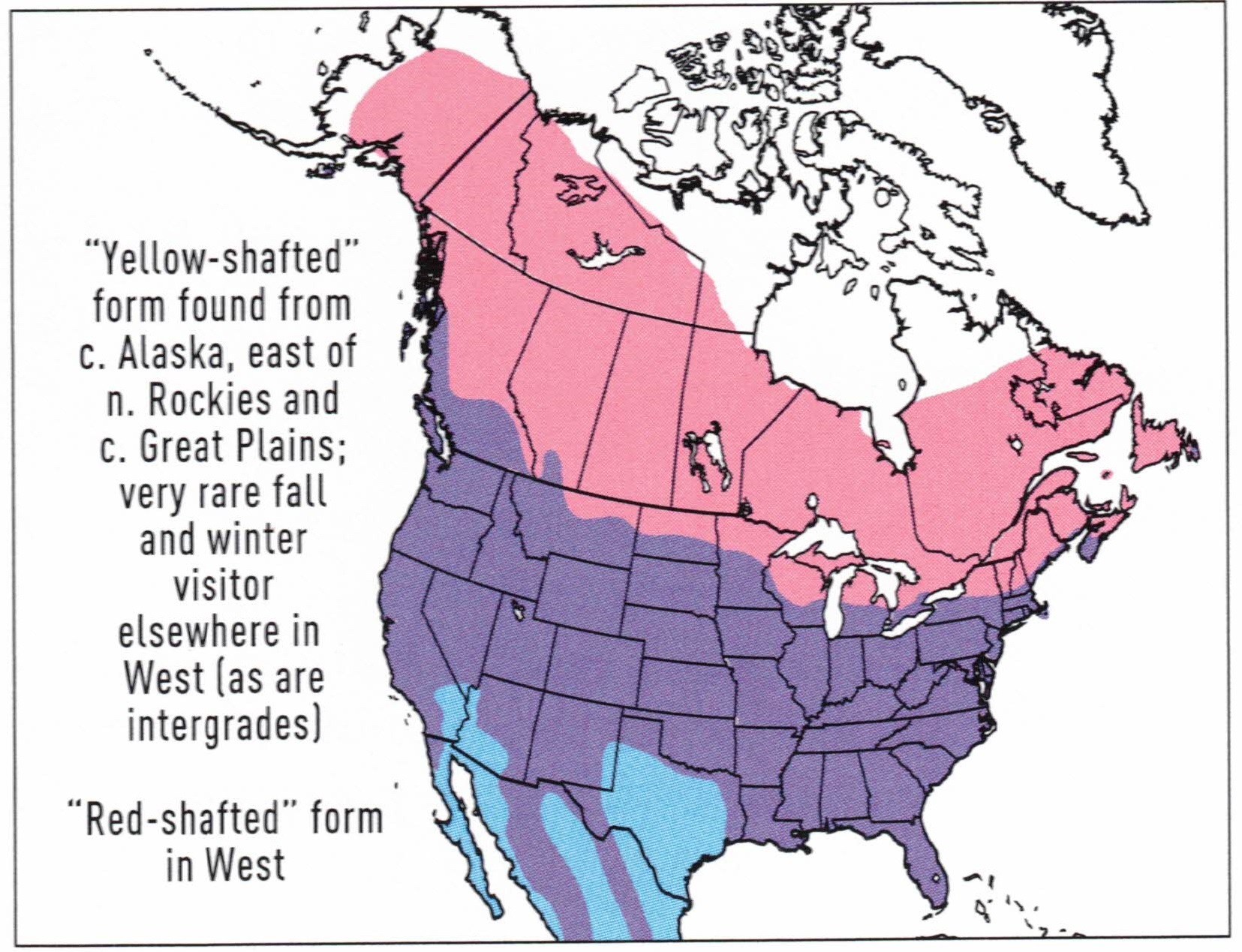
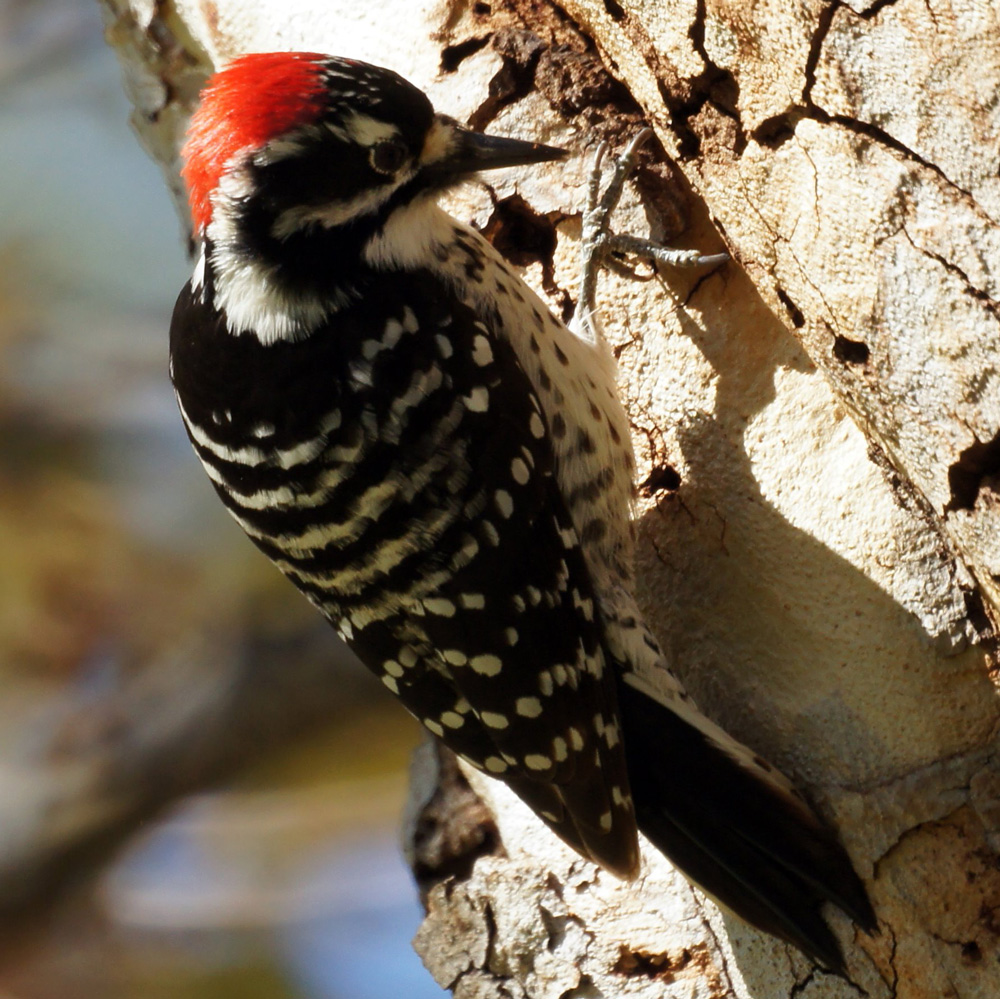
Nuttall’s Woodpecker
Dryobates nuttallii
Order: Piciformes
Family: Picidae
Size: 6.3 – 7.1 in (16 – 18 cm)
Overview
Small and sprightly, the Nuttall’s woodpecker is a rare west coast sight and is thought to be fairly similar to Ladder-backed woodpeckers. However, it is even less common! They feast mainly on mini beasts, including ants – a similar diet to the Northern Flicker. That said, they do tend to frequent trees more often. The Nuttall’s woodpecker carries a very distinctive call – almost like a rattle! It often moves in circular motions in search of food and tends to pitch itself around branches.
How to Identify
Small and squat, these woodpeckers boast black, brown, and white markings, often with red crowns sweeping down the backs of their heads. If you live amongst oak trees down the west coast, then you may just see a Nuttall’s bird or two.
Nuttall’s Woodpecker Range & Migration Map
This Picidae is famous for almost exclusively living in the woodlands of California. In fact, it’s highly odd if you spot them anywhere else! However, they are sometimes casual visitors to neighboring states like Oregon and western Nevada. Again, despite their propensity to live in thickly wooded areas, they frequent these spots for the bugs, not the acorns!
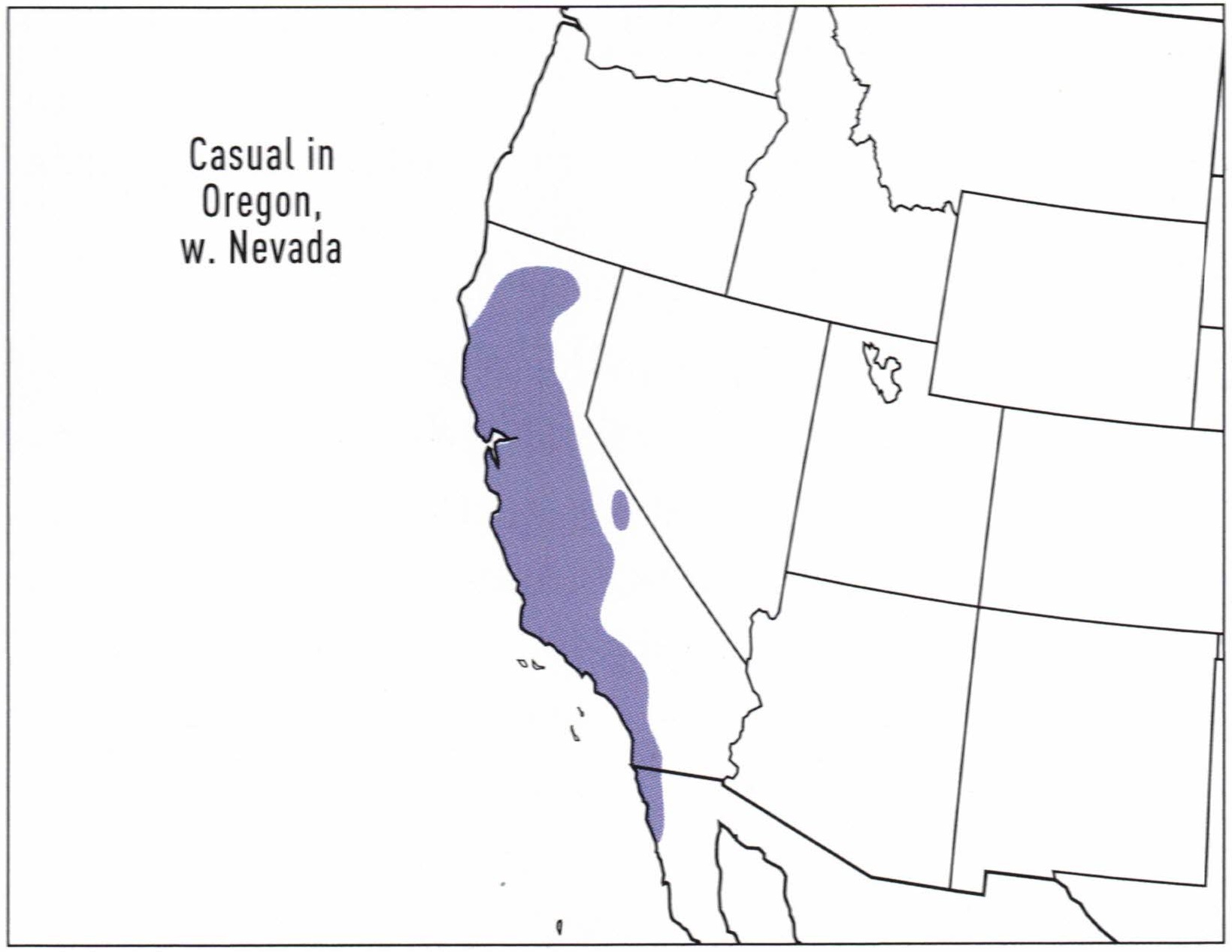
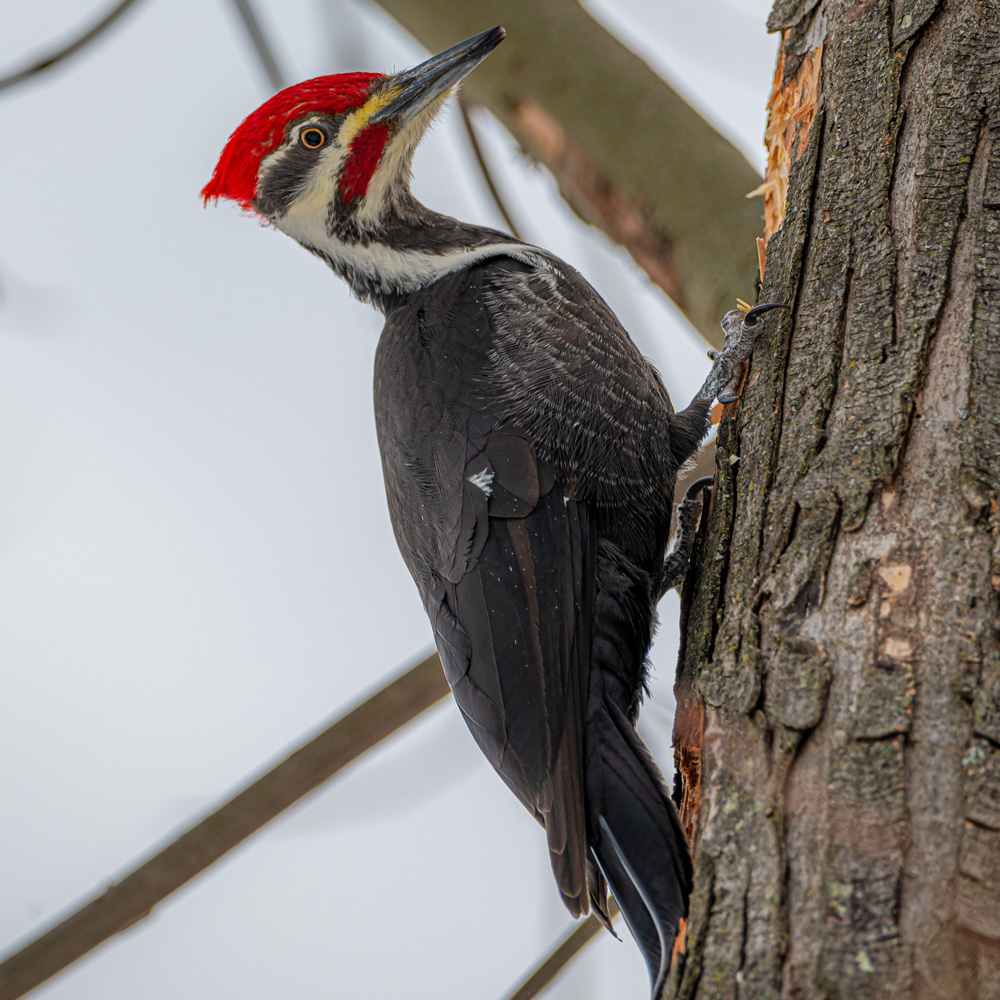
Pileated Woodpecker
Dryocopus pileatus
Order: Piciformes
Family: Picidae
Size: 15.8 – 19.3 in (40 – 49 cm)
Overview
Large and loud, this woodpecker is fairly easy to notice – particularly as their mating cries are so distinct! Rather tragically, this burly Picidae is sometimes mistaken for a woodpecker that’s thought to now be extinct – the ivory-billed woodpecker, which hasn’t been seen in the US for many years. The pileated woodpecker, almost crowlike in stature, tends to feast on ants and minibeasts found deep in decaying trees. This species’ hole-making can help give shelter to other animals – making it a welcome sight.
How to Identify
Beyond their loud cries and wood rapping, the pileated woodpecker has a shocking red crown, with monochromatic bodies and long, thin beaks. The male of the species is easy to spot as it has a facial marking rather like a mustache.
Pileated Woodpecker Range & Migration Map
The pileated woodpecker doesn’t tend to be too fickle about where it likes to live. However, you’ll mainly find it living out in eastern states, though as far north as Nova Scotia! If you’re a California native, it’s also not unheard of to spot this common Picidae.
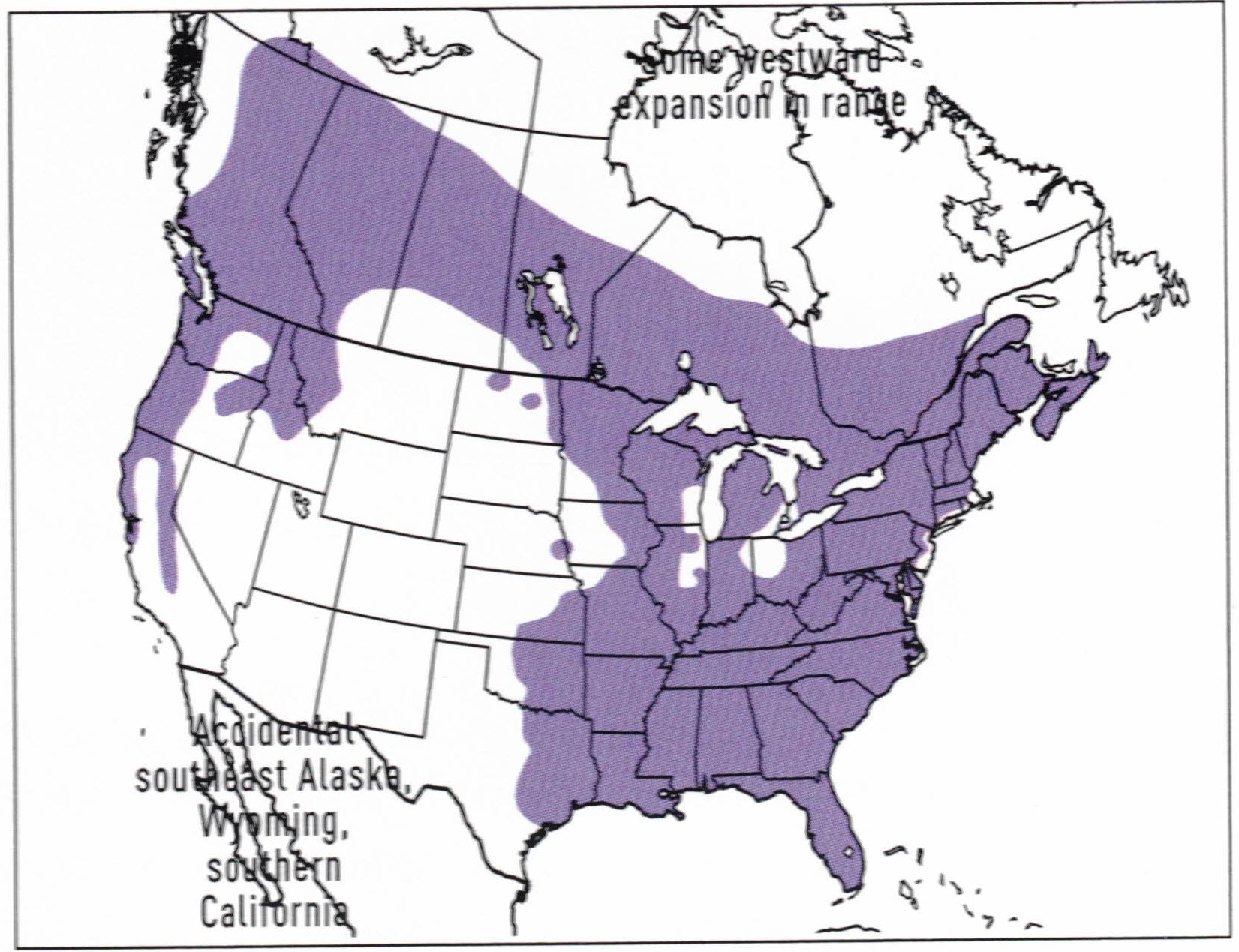
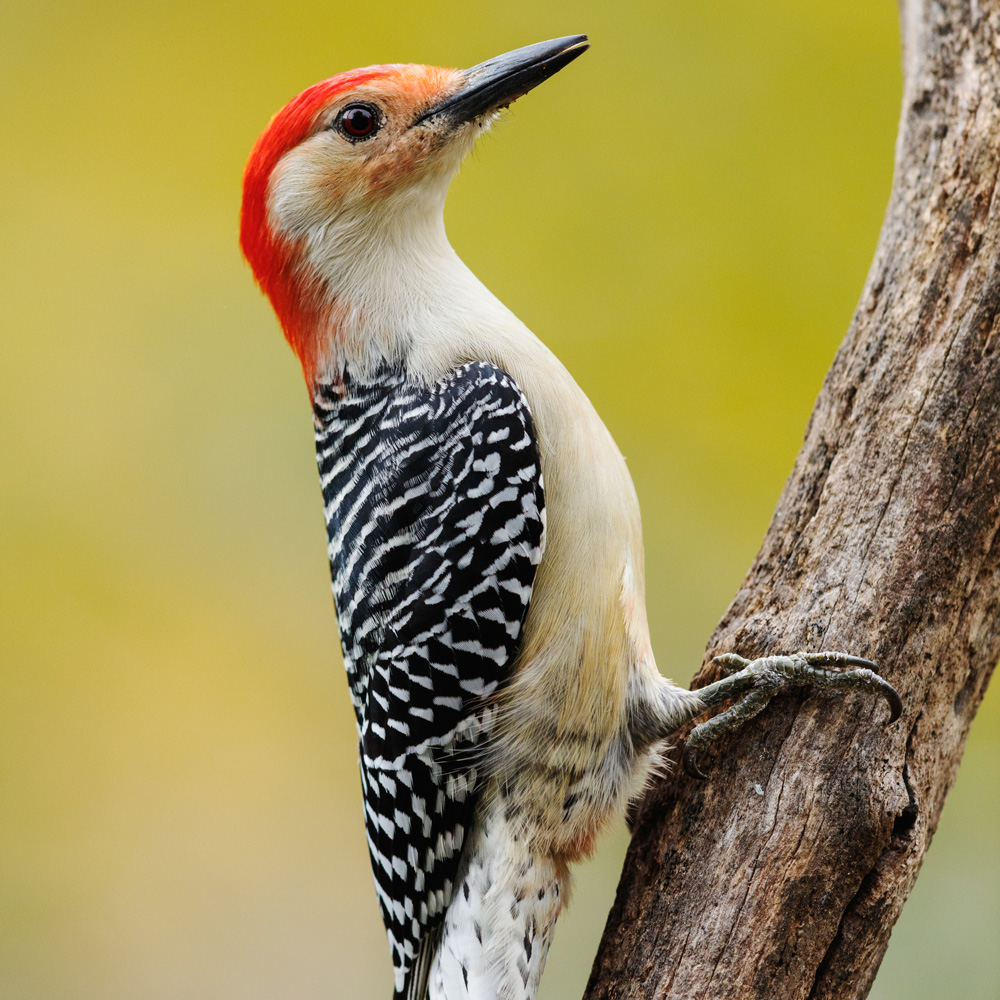
Red-bellied Woodpecker
Melanerpes carolinus
Order: Piciformes
Family: Picidae
Size: 9.4 in (24 cm)
Overview
Increasingly common, the red-bellied woodpecker tends to enjoy flocking to backyard feeders and has a call you might just recognize. They only ever drum during mating or attraction, and if you’ve ever tried to tell these birds apart in terms of gender – it’s almost impossible on glance alone. This is a mid-sized bird that doesn’t tend to do too much damage to trees, it’s one of the gentler woodpeckers you’ll find in the US wilds. They tend to prefer pecking away at hardwoods and will flock to forests when they aren’t at the feeder.
How to Identify
The red-bellied woodpecker, of course, has a red stomach, but you will mainly know it for its red-tinged crown and its bar-coated feathers, as well as a brown-colored front and face. Again, it’s hard to tell the males and females apart.
Red-bellied Woodpecker Range & Migration Map
These woodpeckers tend to be common sights out towards the east and southeastern states, from Texas out to Florida. They don’t tend to move around too much, particularly as they will steal nesting spots from other birds!
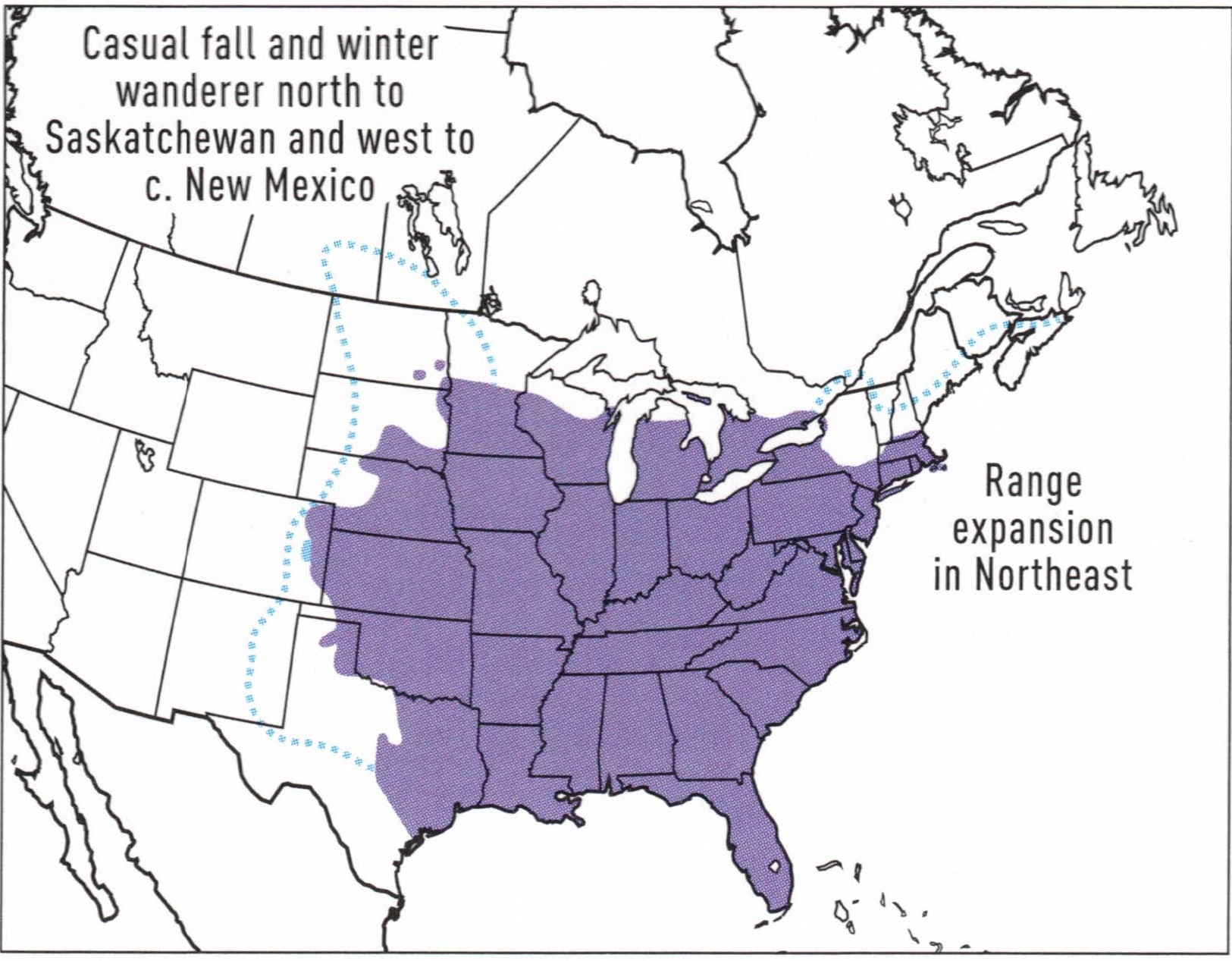
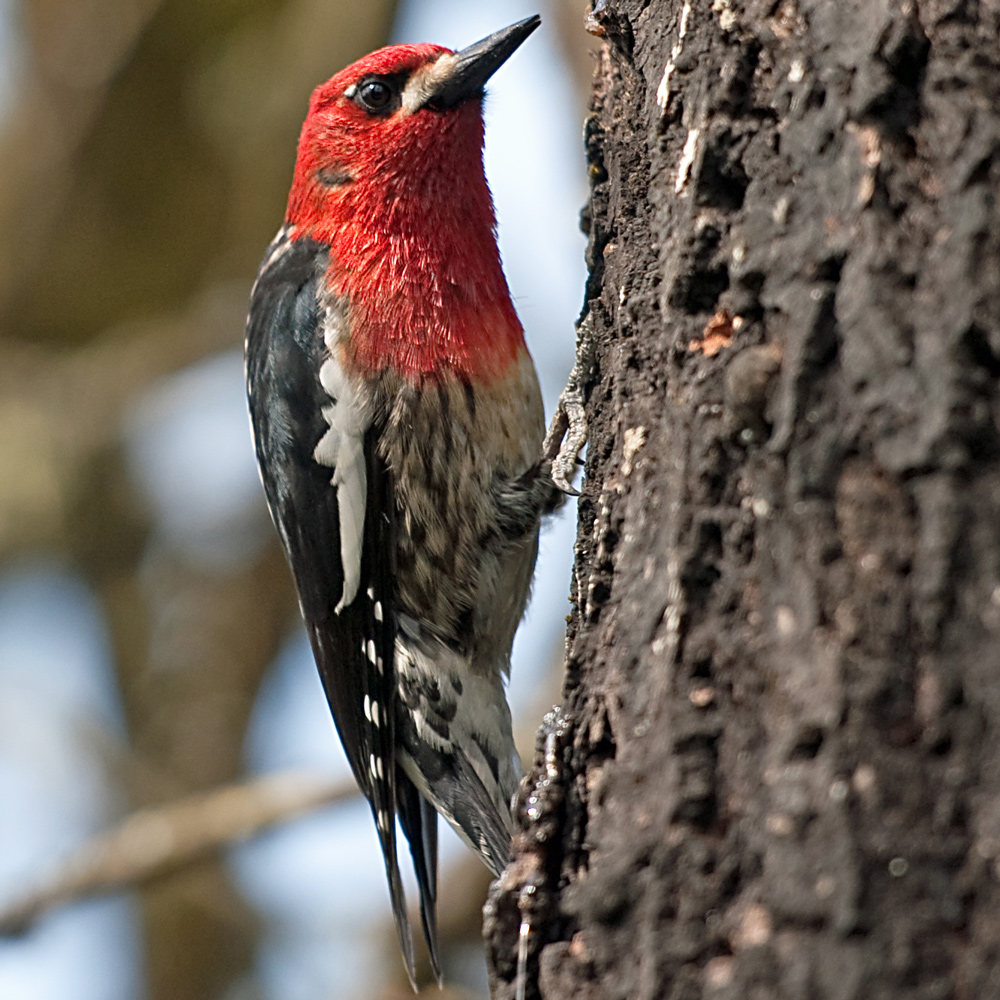
Red-breasted Sapsucker
Sphyrapicus ruber
Order: Piciformes
Family: Picidae
Size: 7.9 – 8.7 in (20 – 22 cm)
Overview
The red-breasted sapsucker is a west coast Picidae that tends to enjoy flocking to forests to suckle on sap – hence its name. Many other woodpeckers depend upon and can follow the red-breasted sapsucker in search of food, as their holes tend to be very handy to get sap from! The red-breasted sapsucker tends to be a fairly organized worker, drilling rows to suck sap from and to feed on insects. Interestingly, you’ll also find these birds flocking towards the coast, too.
How to Identify
These striking birds have gorgeous reddish heads and plumage, often with black and white feathers on their wings and tails. They are mid-sized birds and tend to flock more towards the forest reaches than to yards. In any case, you may get lucky.
Red-breasted Sapsucker Range & Migration Map
You will find this Picidae to frequent west coast territories, traditionally to the west of the Rockies. West coast gardeners in California, Oregon, and Washington close to the forest edges may spot one or two if there are conifers close by.
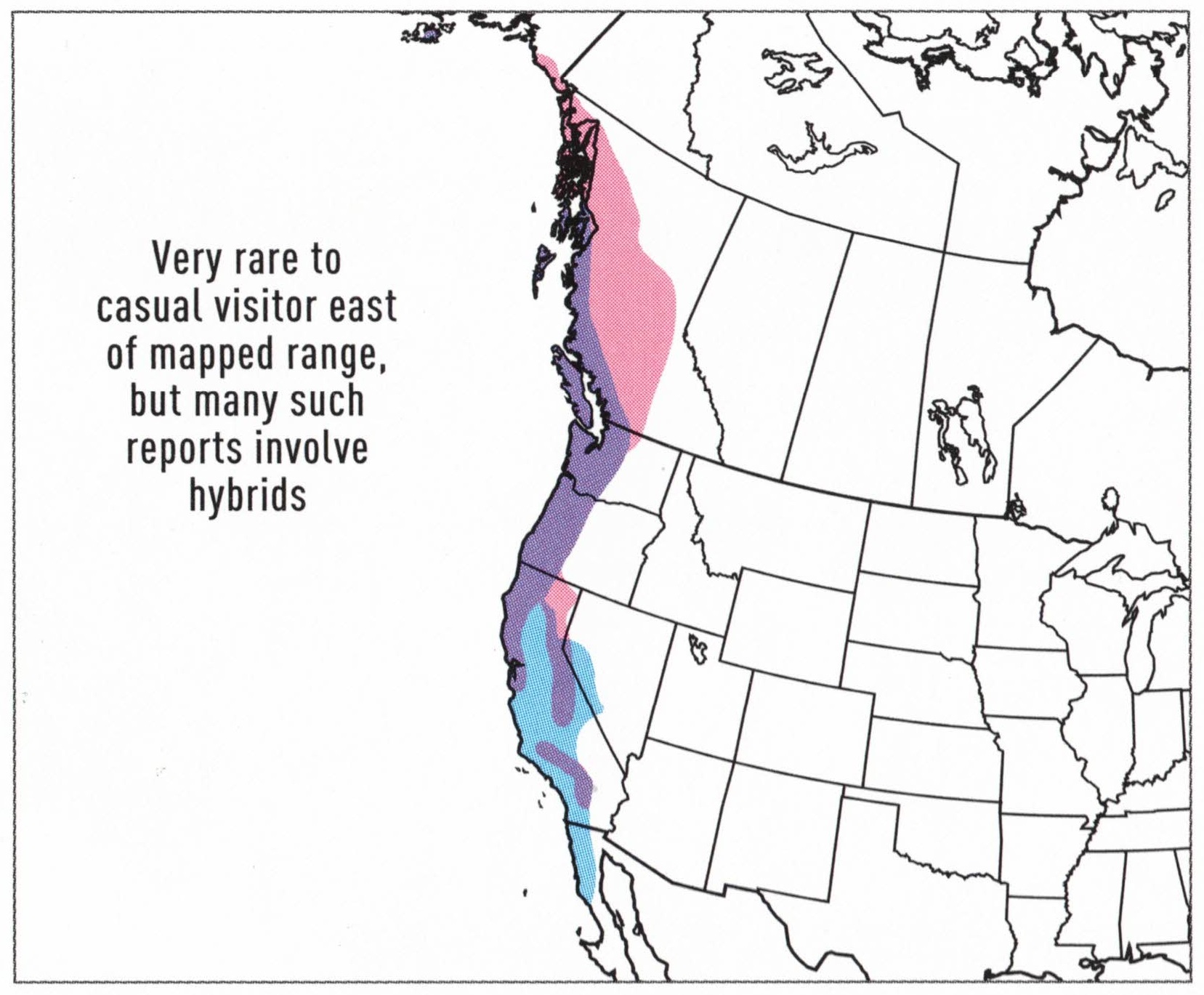
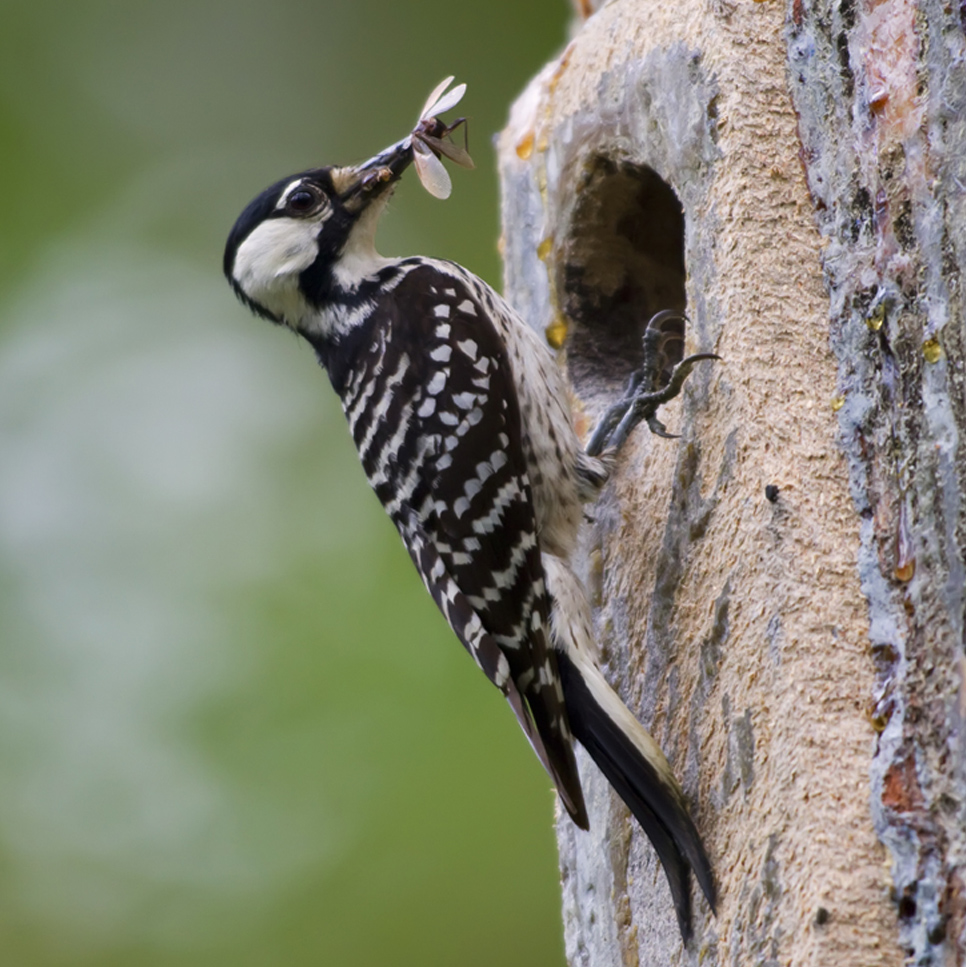
Red-cockaded Woodpecker
Dryobates borealis
Order: Piciformes
Family: Picidae
Size: 7.9 – 9.1 in (20 – 23 cm)
Overview
The red-cockaded woodpecker isn’t actually all that red to look at – but we’ll come to that. It’s a rare Picidae in that it won’t flock to burnt or dead trees. They prefer safety in numbers and tend to peck away at living plants and trees. Sadly, these woodpeckers are some of the rarest to find in the US, if not the world. They are a rare treat to spot. This bird is roughly robin-sized, and will normally make a distinct call – you’ll be lucky to hear it. They tend to work away at pine bark in small groups.
How to Identify
Small to mid-sized, these fuzzy-looking woodpeckers tend to have all-over brown bars on their wings and tails, with striking black and white facial markings. You’ll normally see them scaling pine trees.
Red-cockaded Woodpecker Range & Migration Map
You will normally only find the red-cockaded woodpecker in the southeast of the US, and even then, there are only thought to be 15,000 specimens in the wild. Conservation and studies are ongoing for this endangered species.
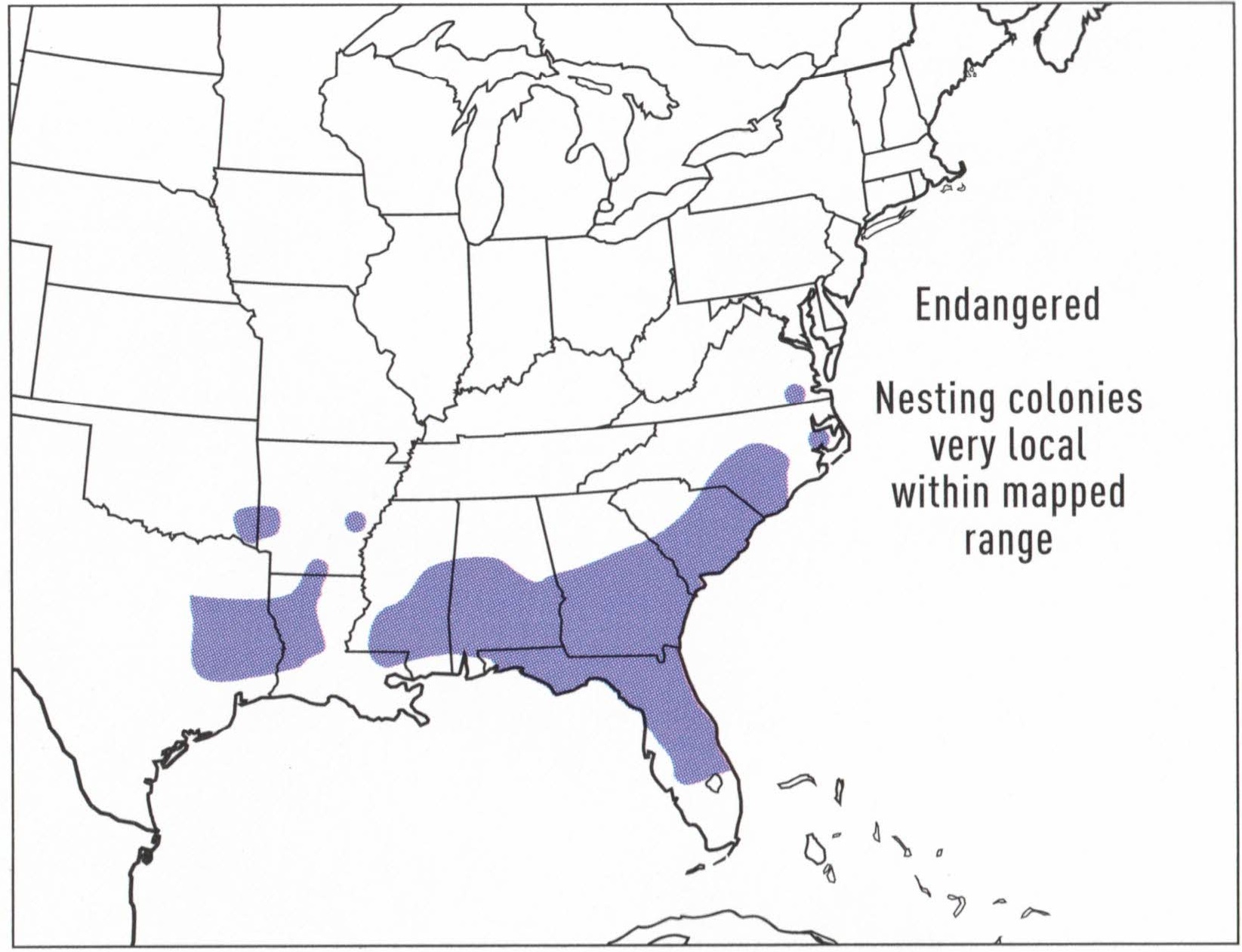
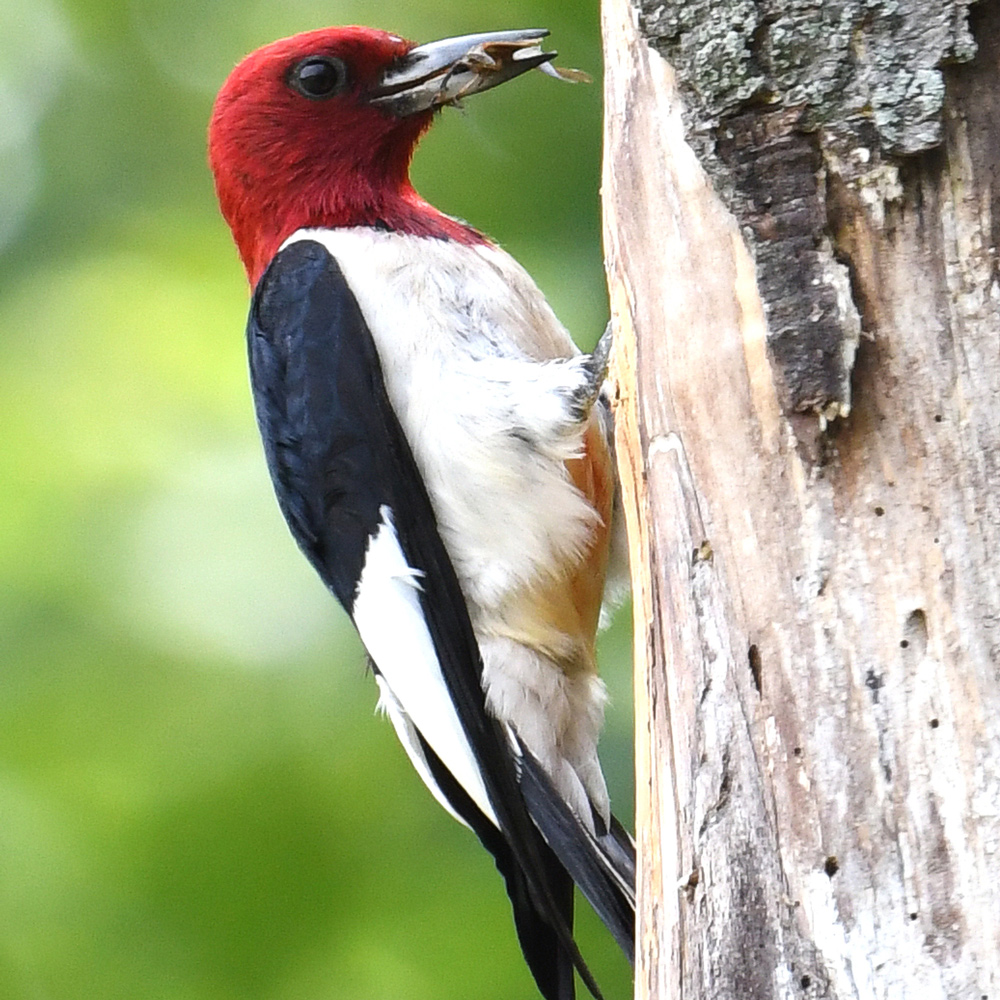
Red-headed Woodpecker
Melanerpes erythrocephalus
Order: Piciformes
Family: Picidae
Size: 7.5 – 9.1 in (19 – 23 cm)
Overview
This large, boldly-colored bird is a wonderful sight for many, and while you might not hear it call too often, its rattles and drumming on trees will likely be a common sound across its native states. However, it doesn’t actually peck at trees for food – it snatches flying beasts as they flitter past. This woodpecker has sadly fallen in numbers over the years due to food scarcity. However, when it can’t snatch a bug or two, it happily feasts on nuts and acorns.
How to Identify
Their name is a giveaway – they have bright red crowns and heads, with white body feathers and monochrome wings and tails. You probably won’t hear their calls too loudly.
Red-headed Woodpecker Range & Migration Map
These acorn-foraging birds frequent the eastern to central states, stretching up as far as outer Canada. They tend to enjoy the warmer reaches, however, as they will frequent spots in Florida and down in New Mexico.
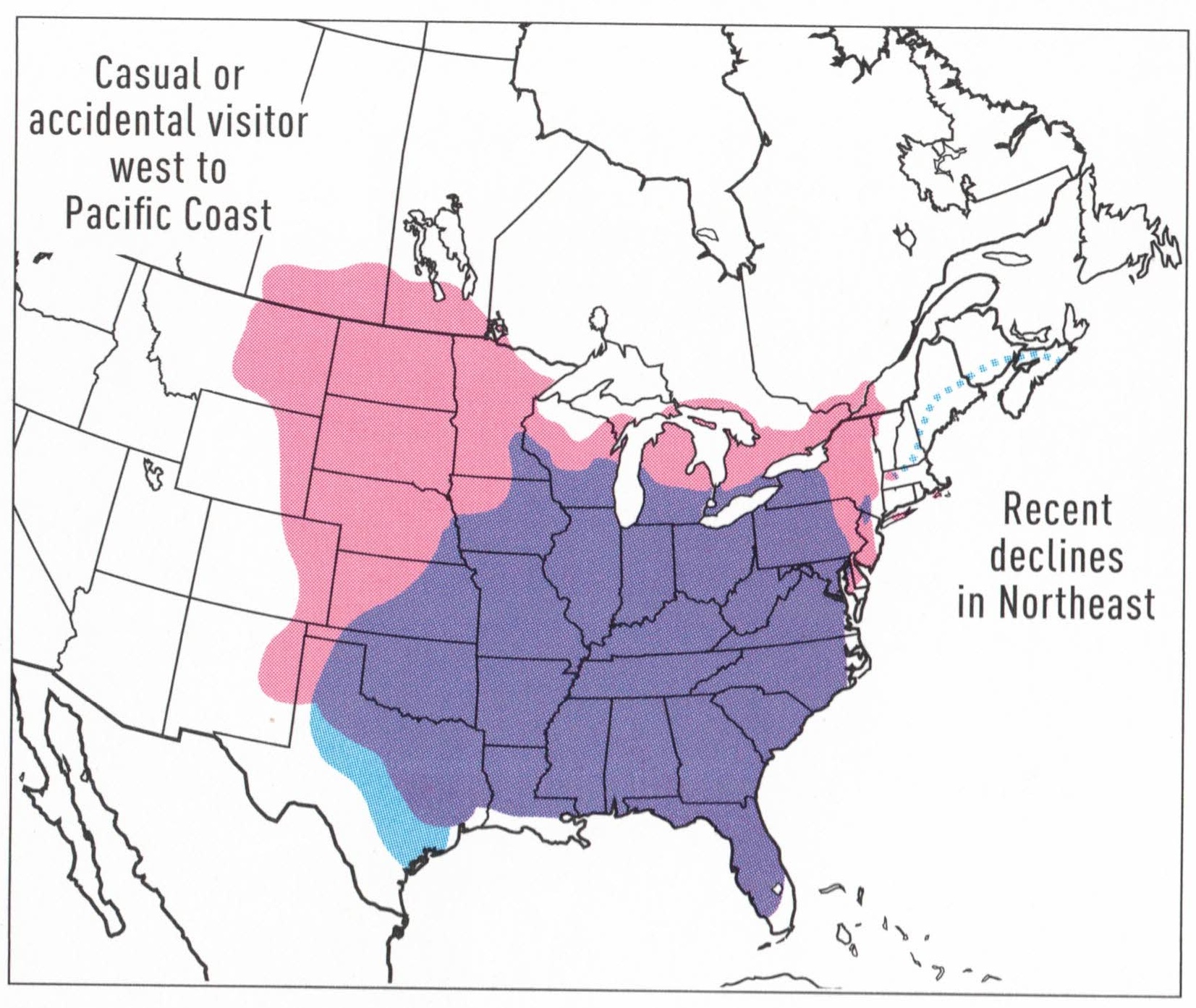
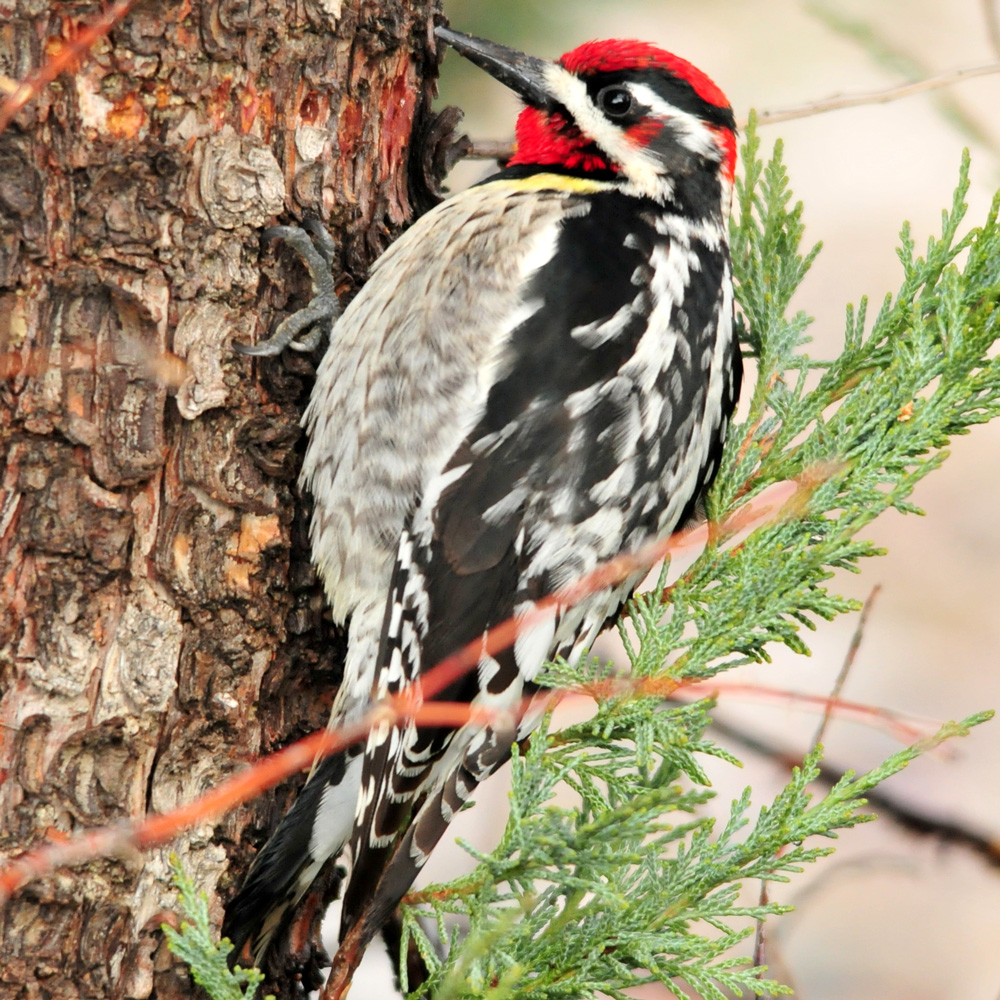
Red-naped Sapsucker
Sphyrapicus nuchalis
Order: Piciformes
Family: Picidae
Size: 7.5 – 8.3 in (19 – 21 cm)
Overview
This popular sapsucker is a common bird that’s growing in numbers – and that’s likely to thrill many woodpeckers elsewhere, as this is a sapsucker likely to leave lots of open holes for tasty sap. You’ll normally spot them out in forests like other sapsuckers, but you may get one or two in your yard if you are lucky enough! This woodpecker has an extraordinarily short tongue for its species, though that helps it to get at its daily sap. These sapsuckers can live to relatively old ages, with the oldest on record being almost five years of age.
How to Identify
The red-naped sapsucker has – of course – a red nape, with white and black markings often emblazoning its face, as well as its crest, body, and wings. It can get quite large, and given that it’s fairly common, you shouldn’t have any problem finding it.
Red-naped Sapsucker Range & Migration Map
These woodpeckers tend to live in the mid-elevation forests of the intermountain West, from the Rocky Mountains westward to the eastern slopes of Washington and Oregon. Most individuals migrate short distances with females migrating further than males on average. The northern birds move south into the western and southwestern United States.
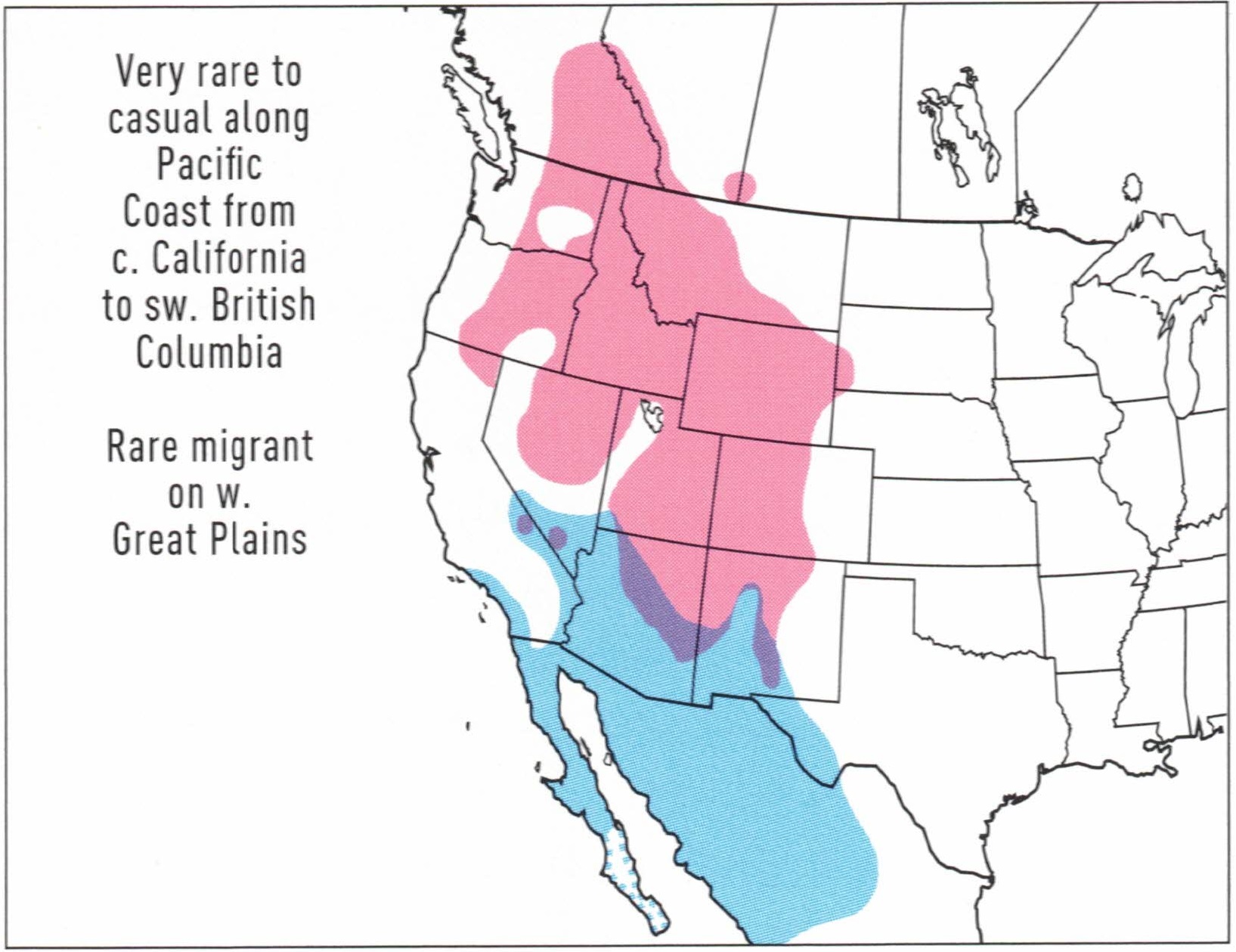
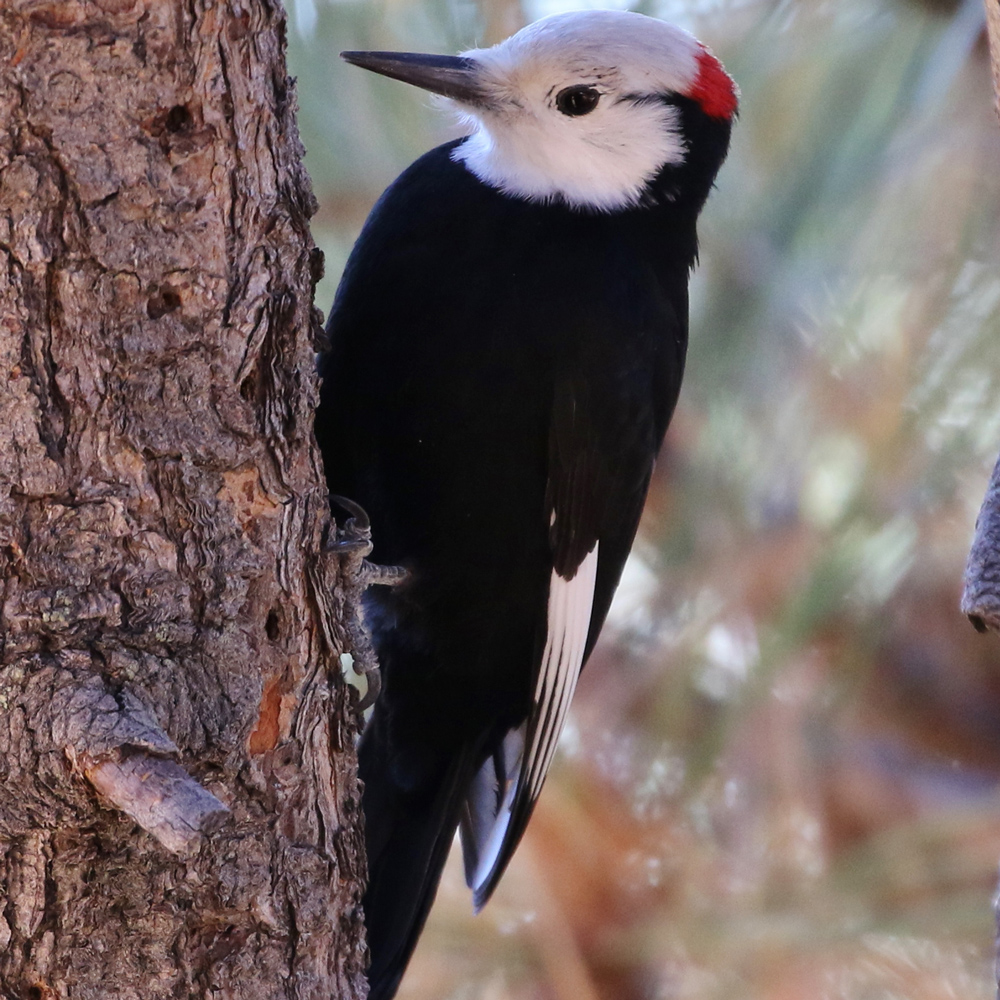
White-headed Woodpecker
Dryobates albolarvatus
Order: Piciformes
Family: Picidae
Size: 8.3 – 9.1 in (21 – 23 cm)
Overview
The white-headed woodpecker is a Rockies bird, normally preferring conifer trees and taking a rather delicate approach to seeking out prey. They will rarely peck or hammer – instead, choosing to strip tree bark in search of tasty morsels. Unfortunately, they are amongst some of the most endangered woodpeckers in North America. If you are lucky enough to spot this woodpecker, you may spot it in tree logs and stumps as well as fully-grown trees. It’s also partial to suet – if you live up in the mountains, be sure to prepare your feeder.
How to Identify
As their name suggests, the white-headed woodpecker has a startlingly white head and face, with gorgeous black feathers, wings, and tail. You’ll be able to spot a male easily, as it has a red marking, or cap, on its head.
White-headed Woodpecker Range & Migration Map
The white-headed woodpecker, as mentioned, tends to live out towards the Rocky Mountains and along the west coast. You won’t find them native anywhere else in the US, let alone the continent!
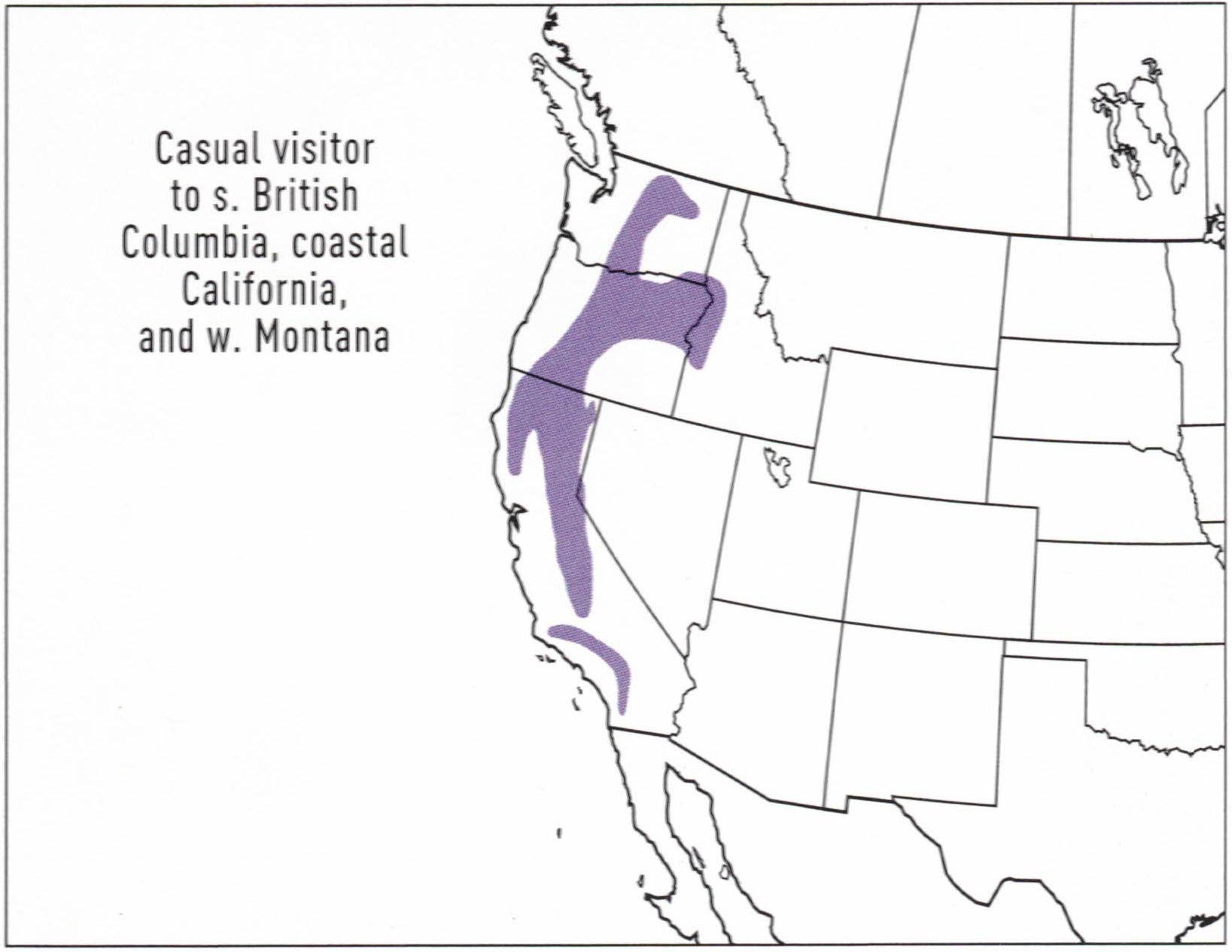
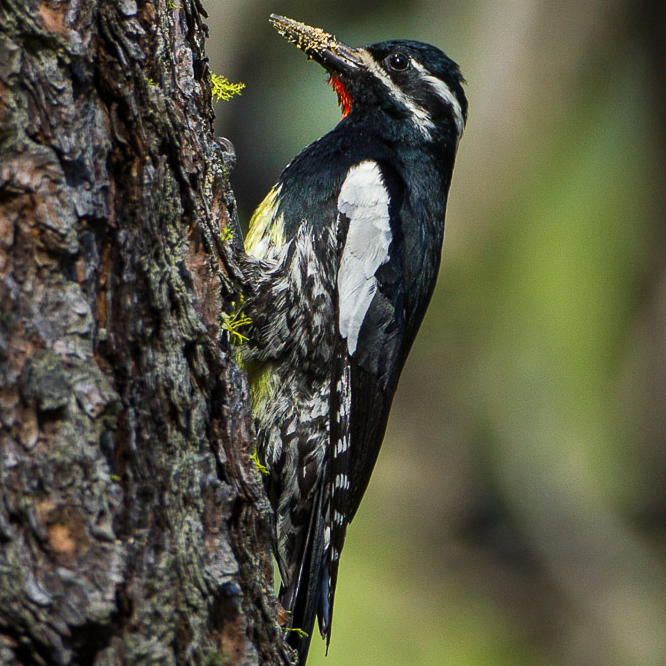
Williamson’s Sapsucker
Sphyrapicus thyroideus
Order: Piciformes
Family: Picidae
Size: 8.3 – 9.8 in (21 – 25 cm)
Overview
The Williamson’s sapsucker is a woodpecker that seems to be bouncing back from endangered status – thankfully! These are brilliantly bright-colored birds – at least when it comes to males! As with other sapsuckers, this bird will happily drill its way into trees and leave nice pits for birds to get sap out of. This sapsucker is also known to eat ants and bugs out of the bark it sucks from, though this will normally occur when it is breeding. It doesn’t have a favorite tree – it happily pecks away in a mix of woodland.
How to Identify
Interestingly, the males and females of this species often vary wildly – the male is extremely bright in color, in terms of a black, sweeping coat with yellows and reds to the front, while females are dimmer in shade, flecked and often brown in color.
Williamson’s Sapsucker Range & Migration Map
Despite once being endangered, this bird now thankfully frequents more of the mid-west than ever before. That said, the migratory patterns of this species are somewhat mysterious with some populations known to migrate and others to be residents.
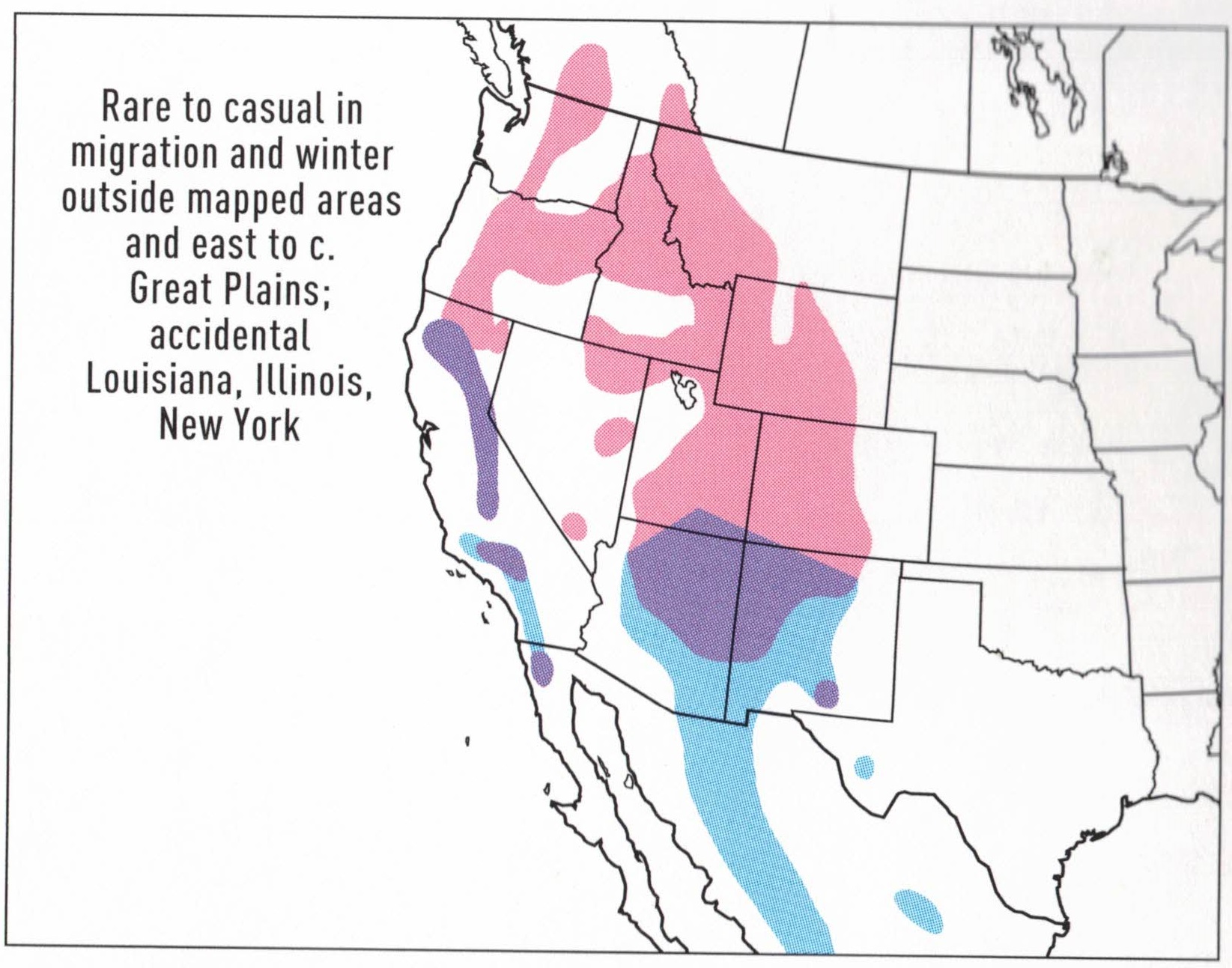
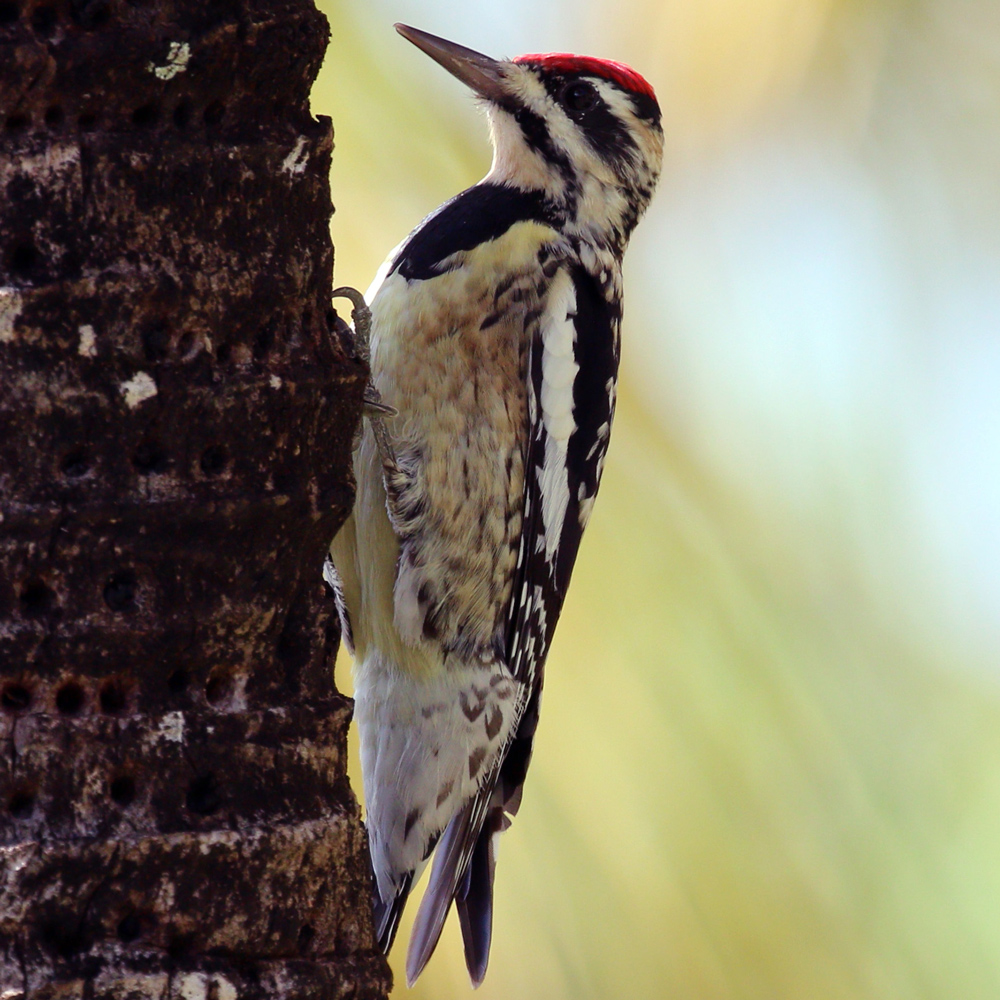
Yellow-bellied Sapsucker
Sphyrapicus varius
Order: Piciformes
Family: Picidae
Size: 7.1 – 8.7 in (18 – 22 cm)
Overview
This woodpecker is a variety of bird that will happily drill holes to drink tasty sap from within, something that’s very welcoming to other species. These birds are fairly similar to other sapsuckers in terms of behavior and in terms of looks. Yellow-bellied sapsuckers tend to be very unique drillers – you will likely recognize their staggered pecking if they happen upon wood or metal near your yard. These birds are known for pecking and making nests extremely high up – over 6,000 feet in the air.
How to Identify
As the name suggests, you will normally be able to spot a yellow-bellied sapsucker for its bright stomach, however, it often has a reddish crown and nape, with stunning black and white bars and flecks down its body, tail, and wings.
Yellow-bellied Sapsucker Range & Migration Map
The Yellow-bellied Sapsucker is the most migratory woodpecker in the world, breeding as far north as eastern Arkansas and the northern boreal forest, and wintering as far south as Panama and the Caribbean. Much like other US native sapsuckers, this bird will normally be found in forest spots, though this species will migrate from the central plains and lower midwest southward towards the west of the Appalachians.
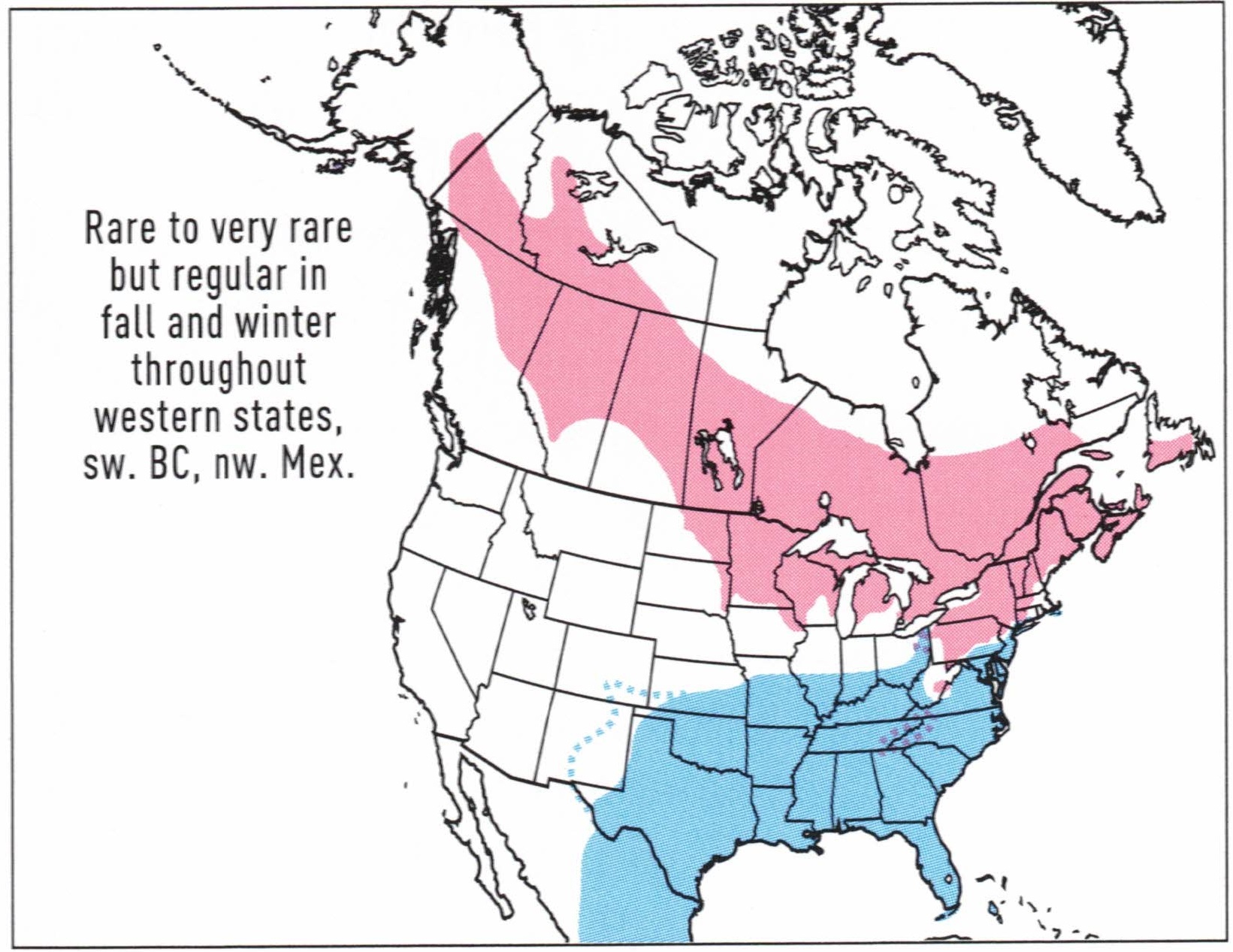
How to Attract United States Woodpeckers to Your Yard
Want to see more woodpeckers in your backyard?
As you can see, there are more than a few wonderful woodpecker species to look out for across the US. Some may not flock to gardens and backyards in favor of forests and woodland reaches – however, there’s a chance a rare bird or two may make its way to you.
If you’re keen to start spotting woodpeckers in your yard, why not take a look at our guide on how to attract woodpeckers? That’ll give you the basics of what’s required to attract woodpeckers.
Then, we’d recommend reading our buyer’s guide on choosing the best woodpecker feeder. Setting up a woodpecker feeder or two is the best way to guarantee that woodpeckers will visit your yard. While you’re at it, do make sure to read our full guide on what to feed woodpeckers, too – as getting their diet right will make a lot of difference!
There are a bunch of other ways to attract woodpeckers such as getting a bird bath and planting native trees that woodpeckers love.
All State Woodpeckers
Want to see what woodpecker species are found in other states? Here’s our complete list of woodpeckers found in each state:
